Day 78 - The Old Teramachi In Nakatsu, and Thoughts About The Horrors of Aging, The Kyushu 108 Temple Pilgrimage, Japan
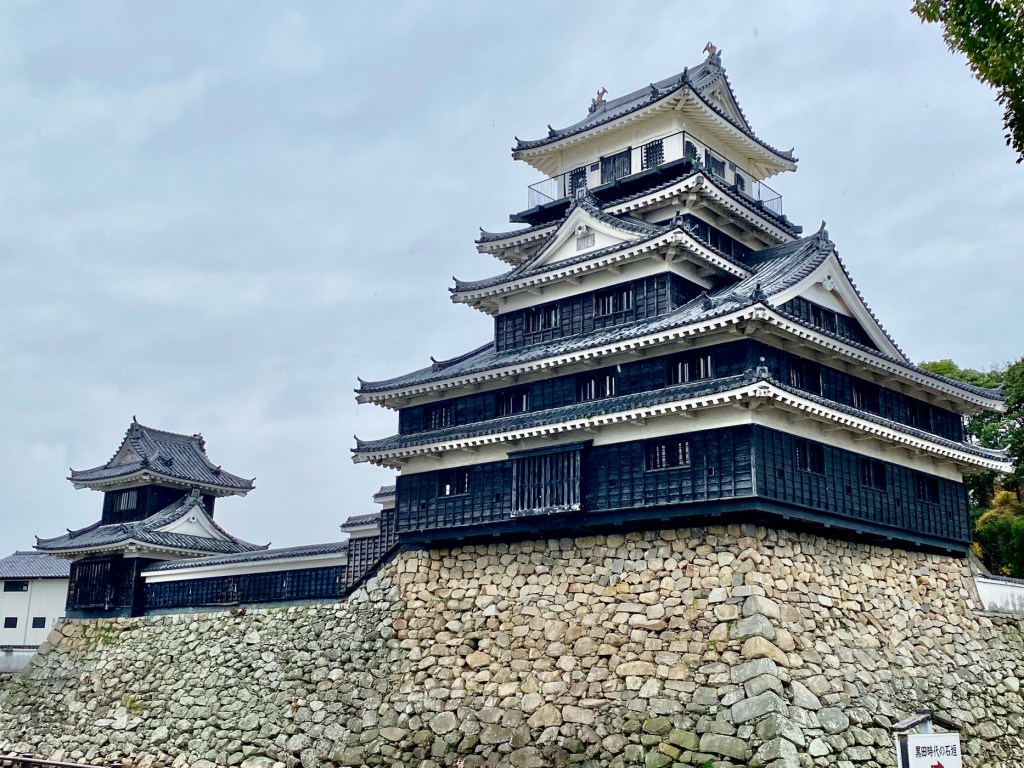
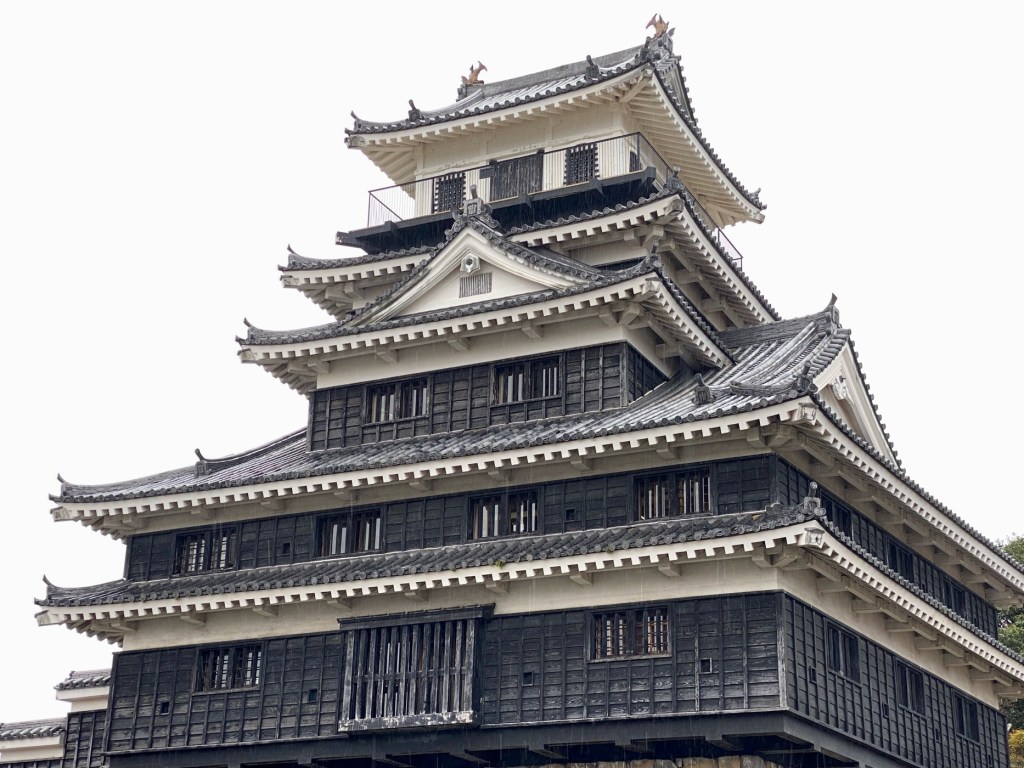

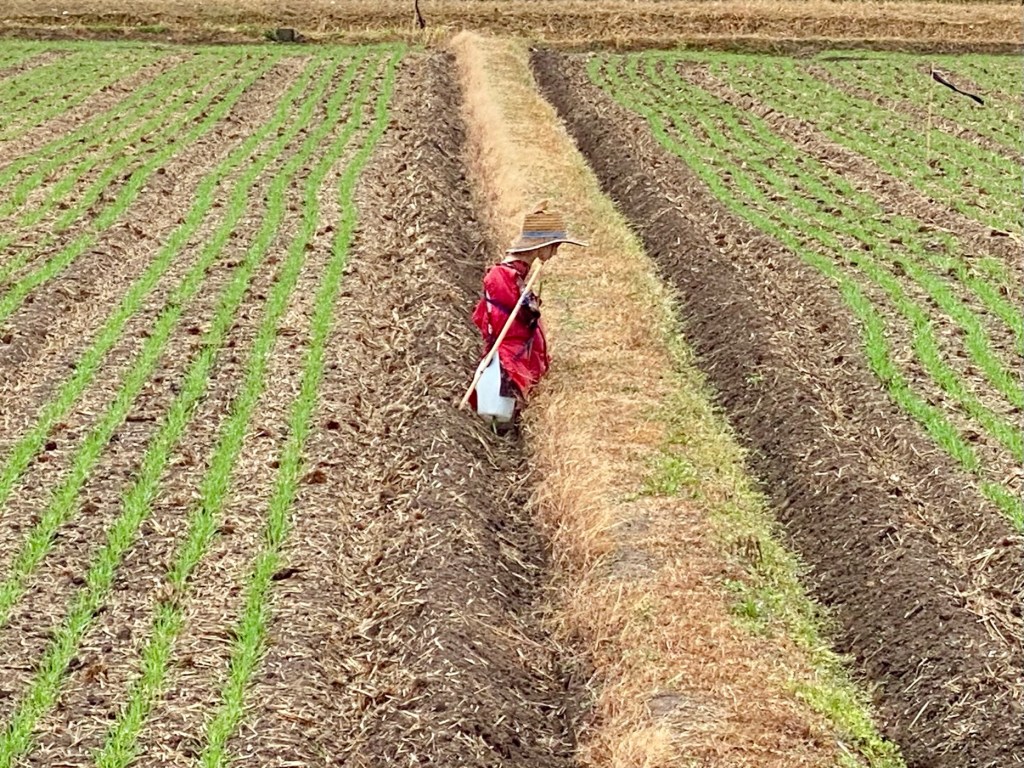
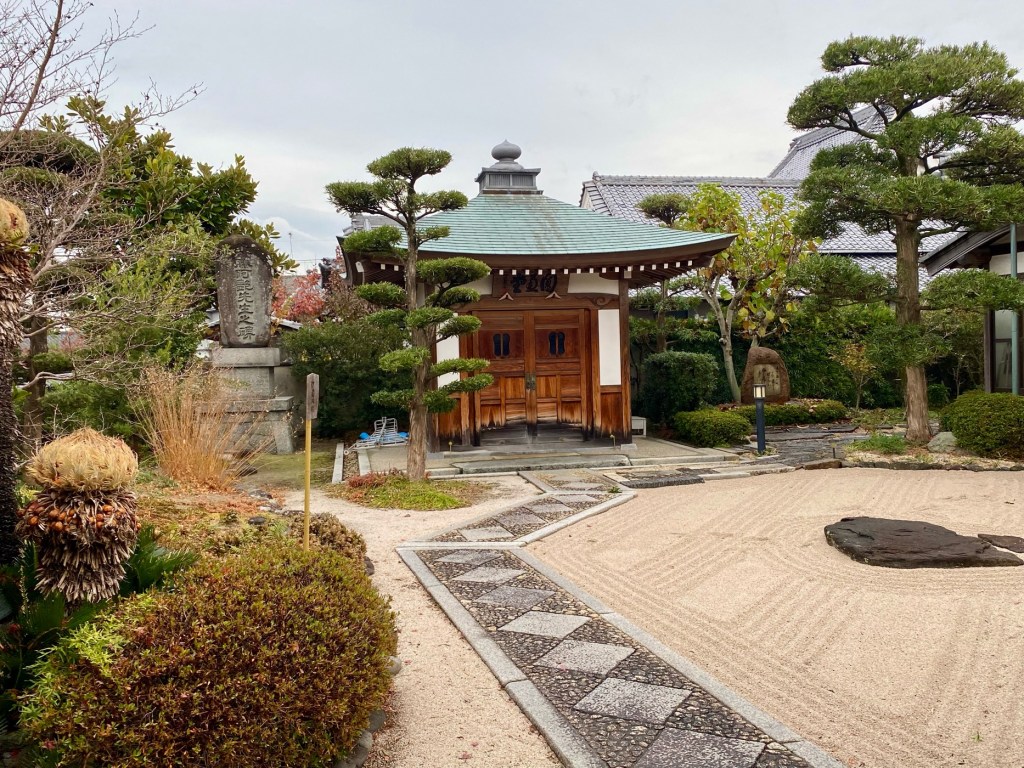
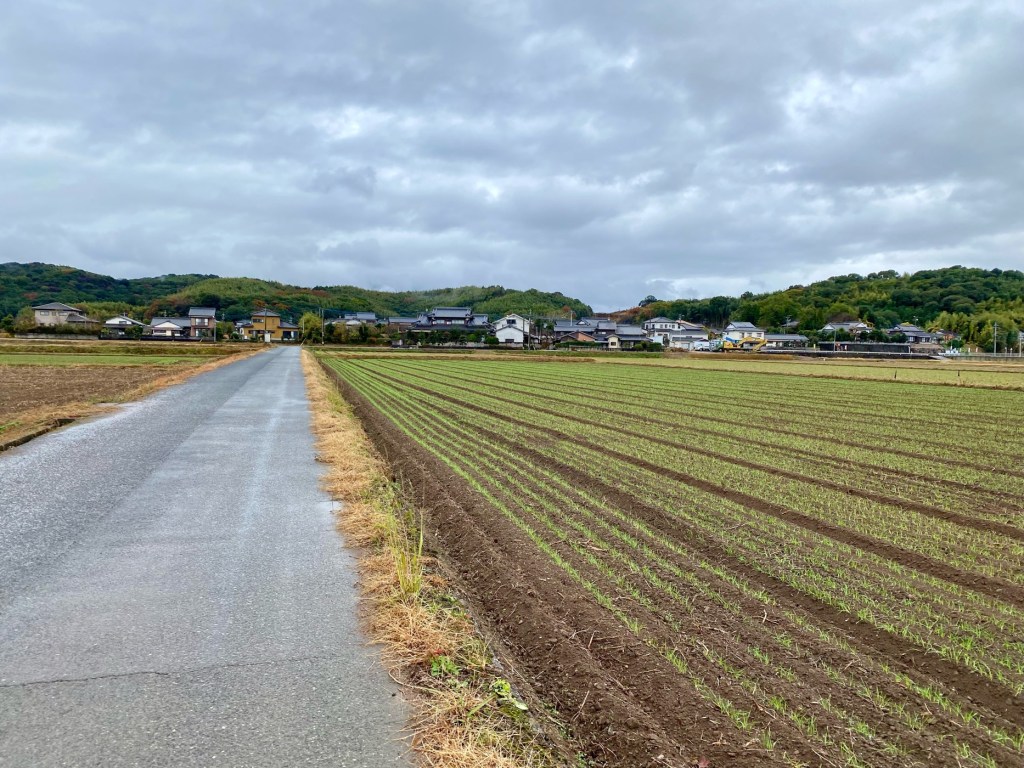
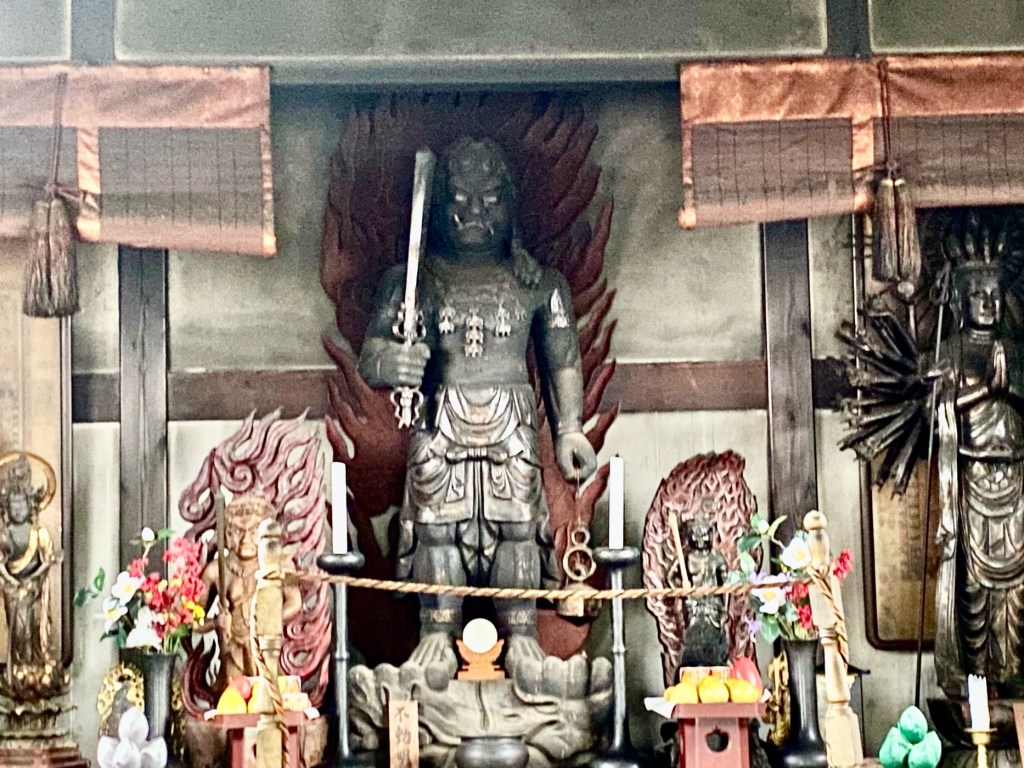
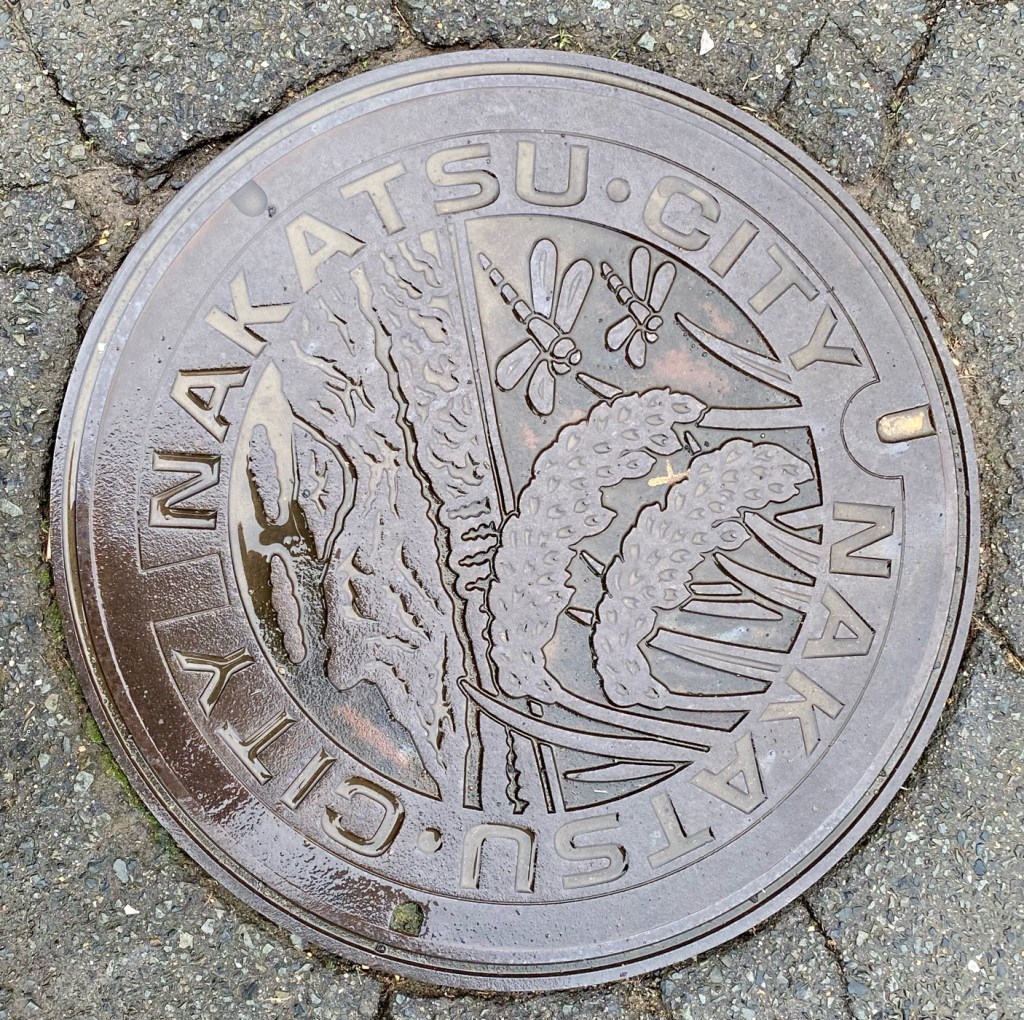
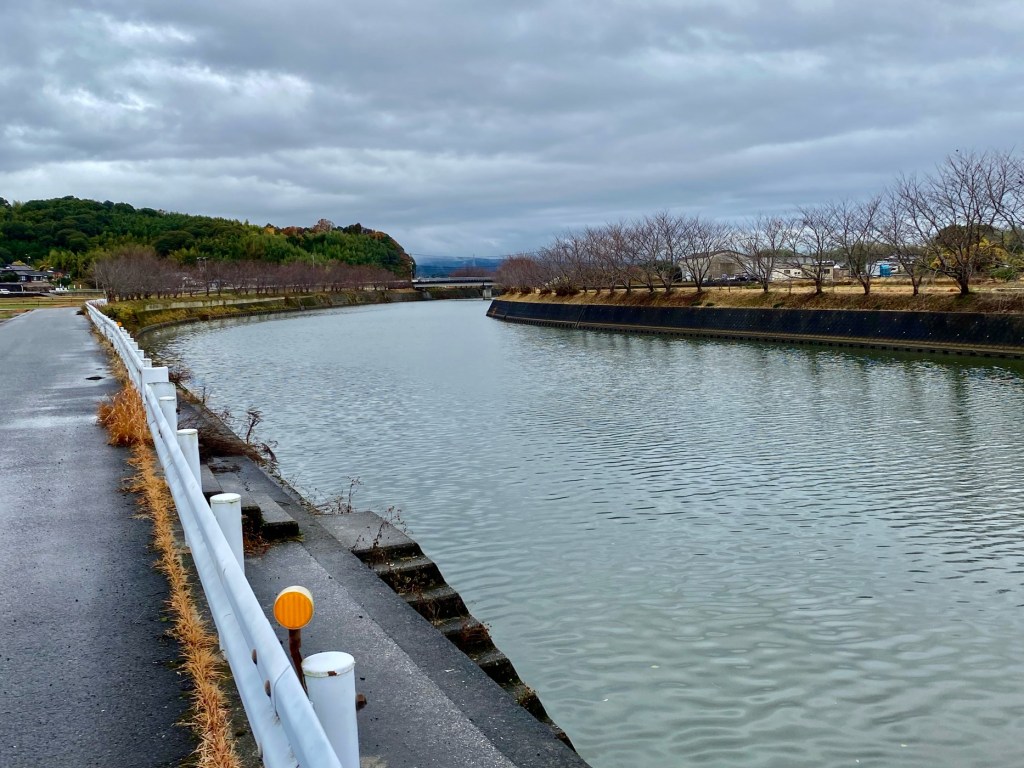
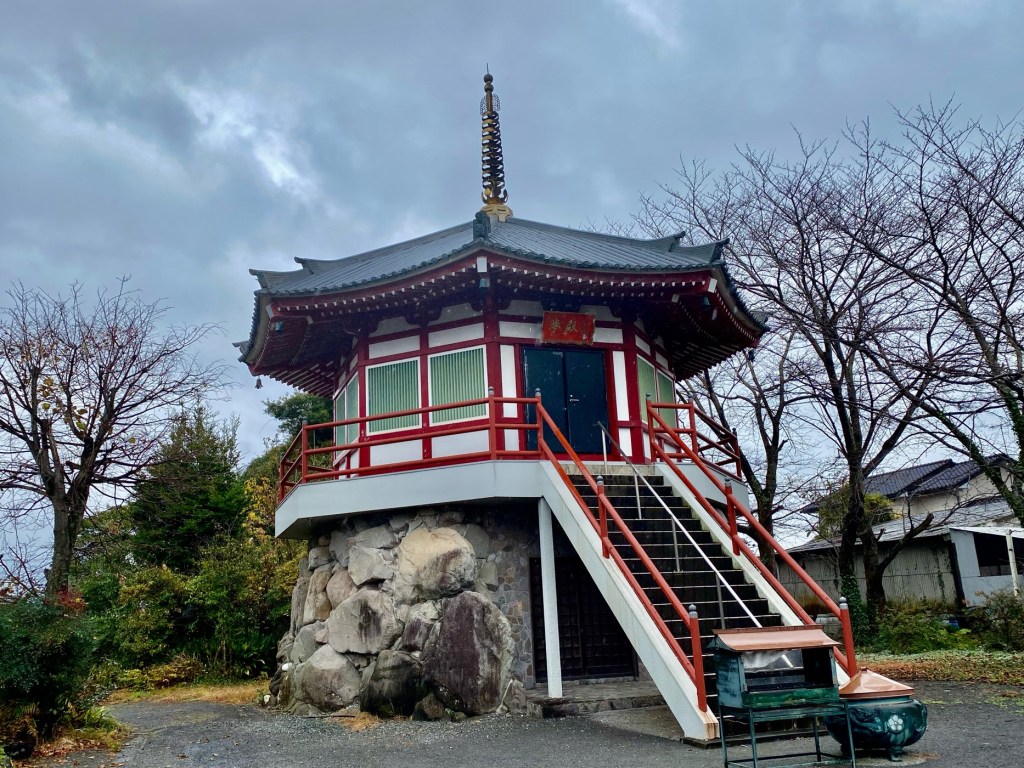
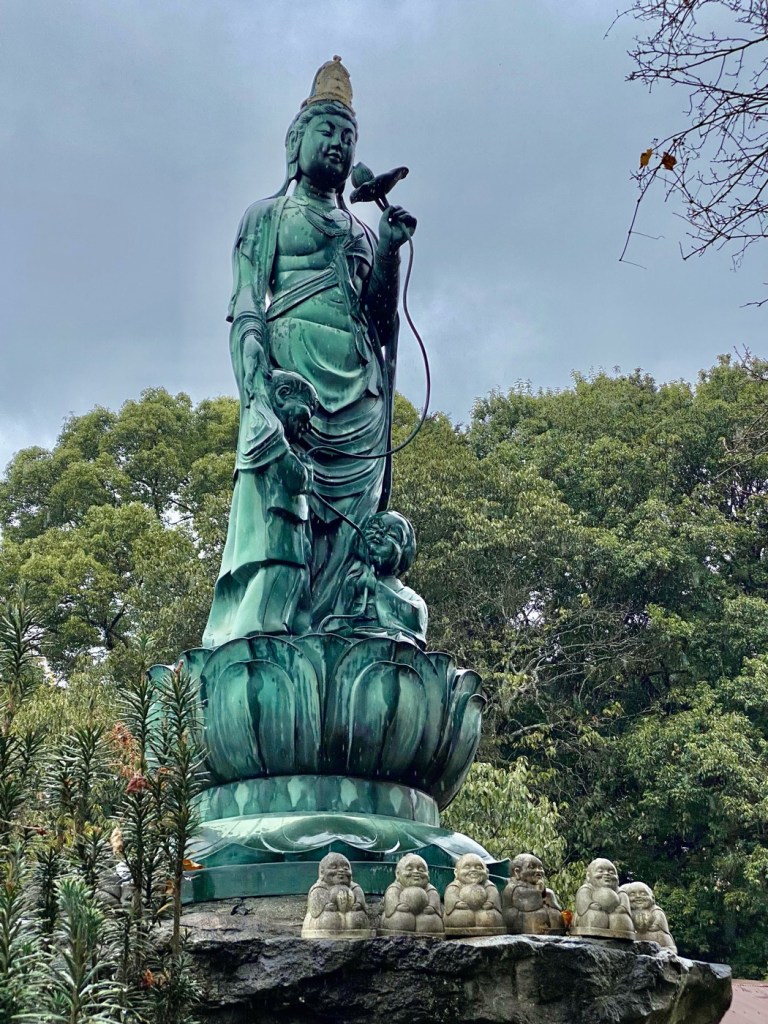
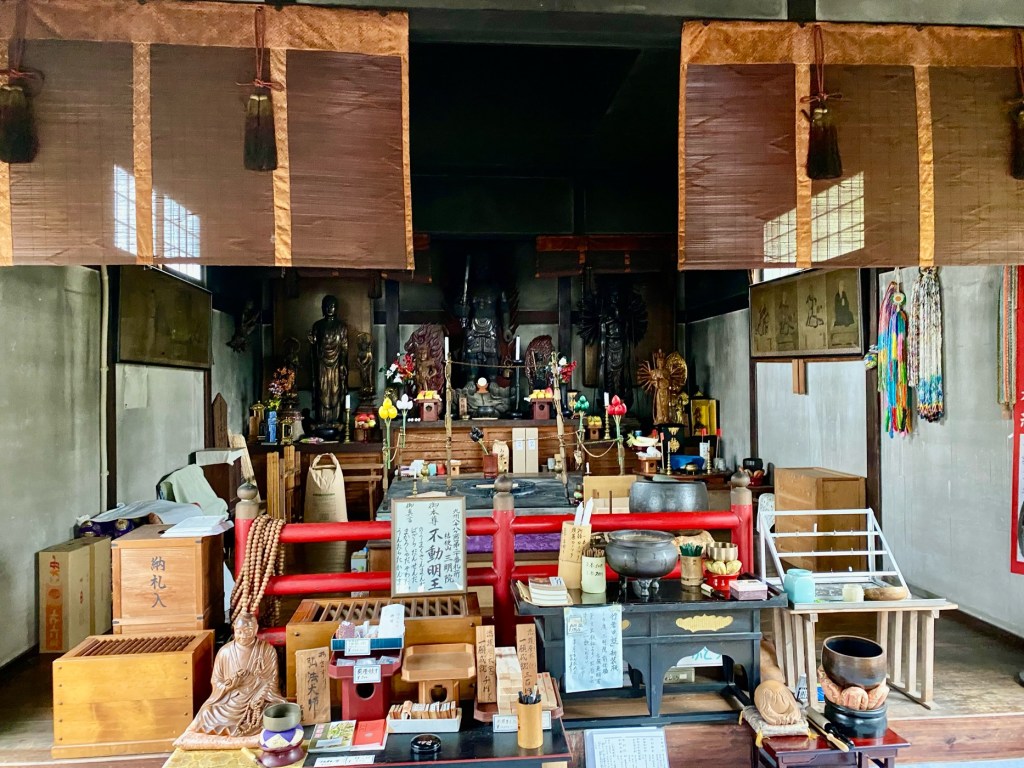
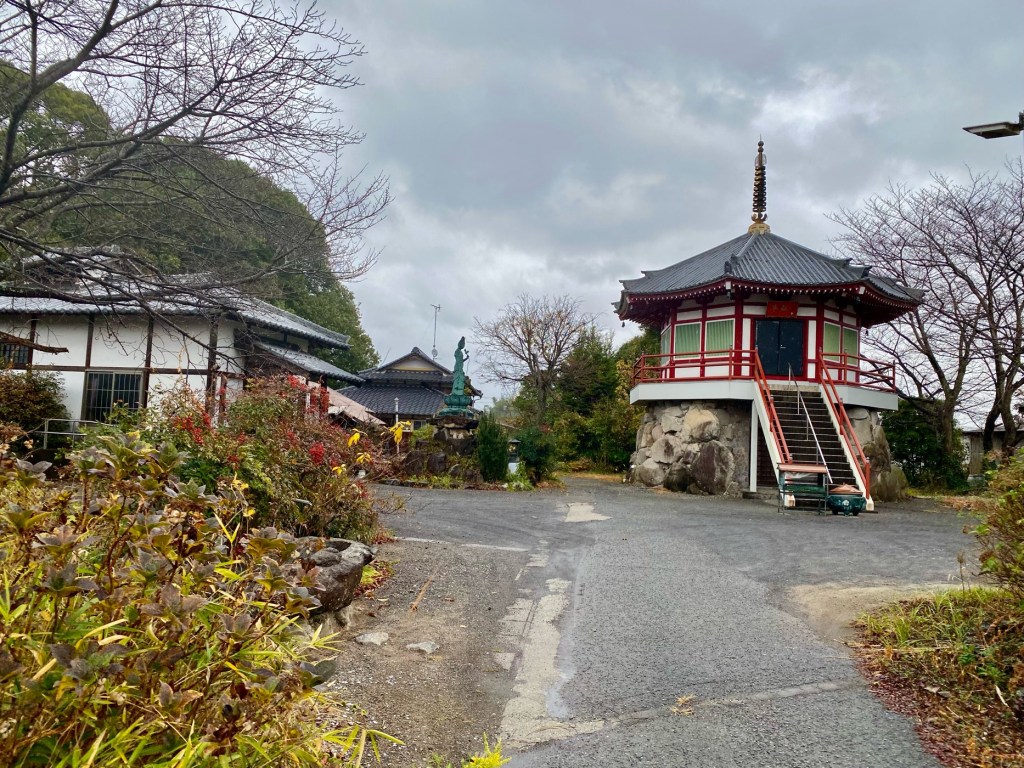
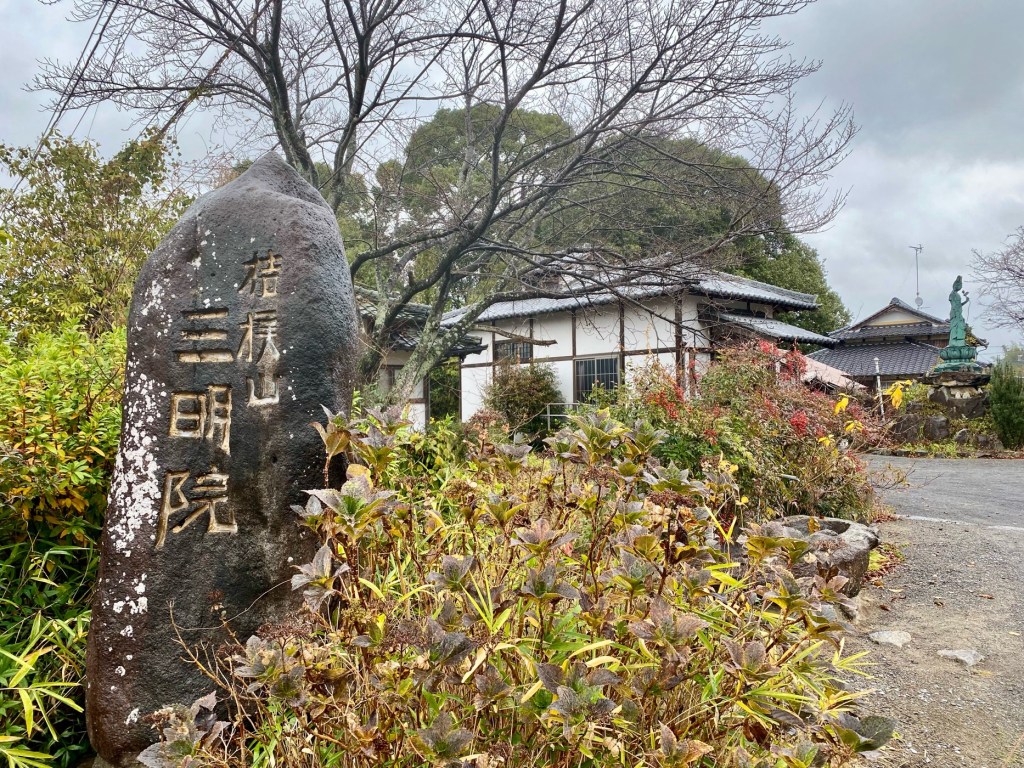

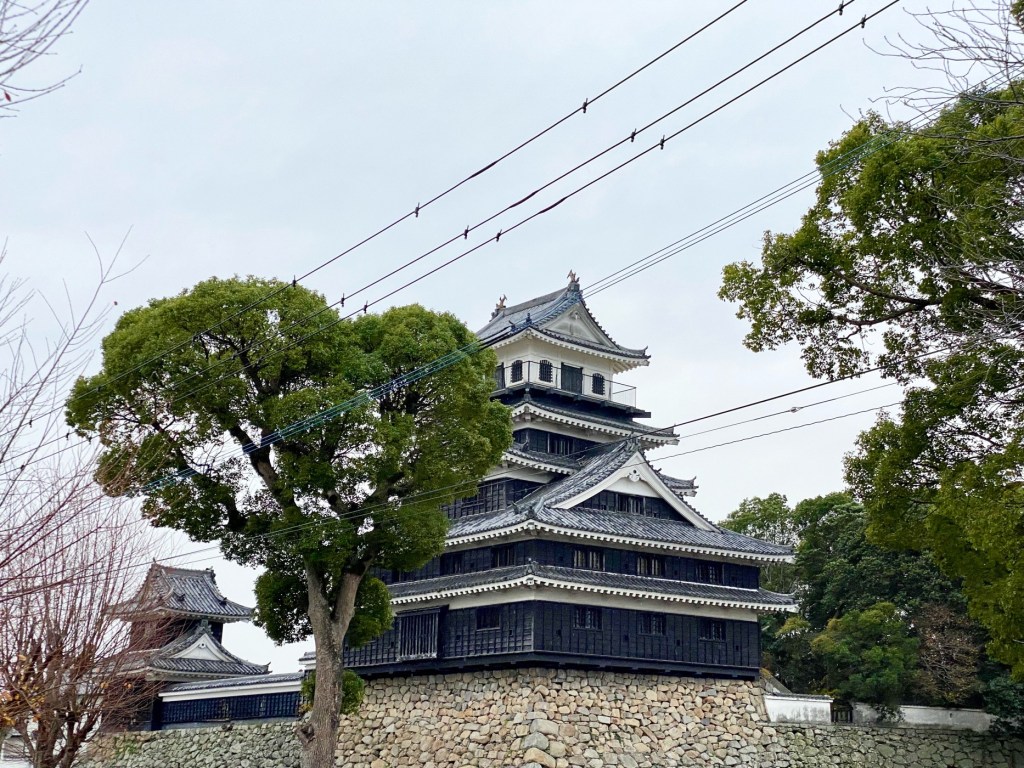
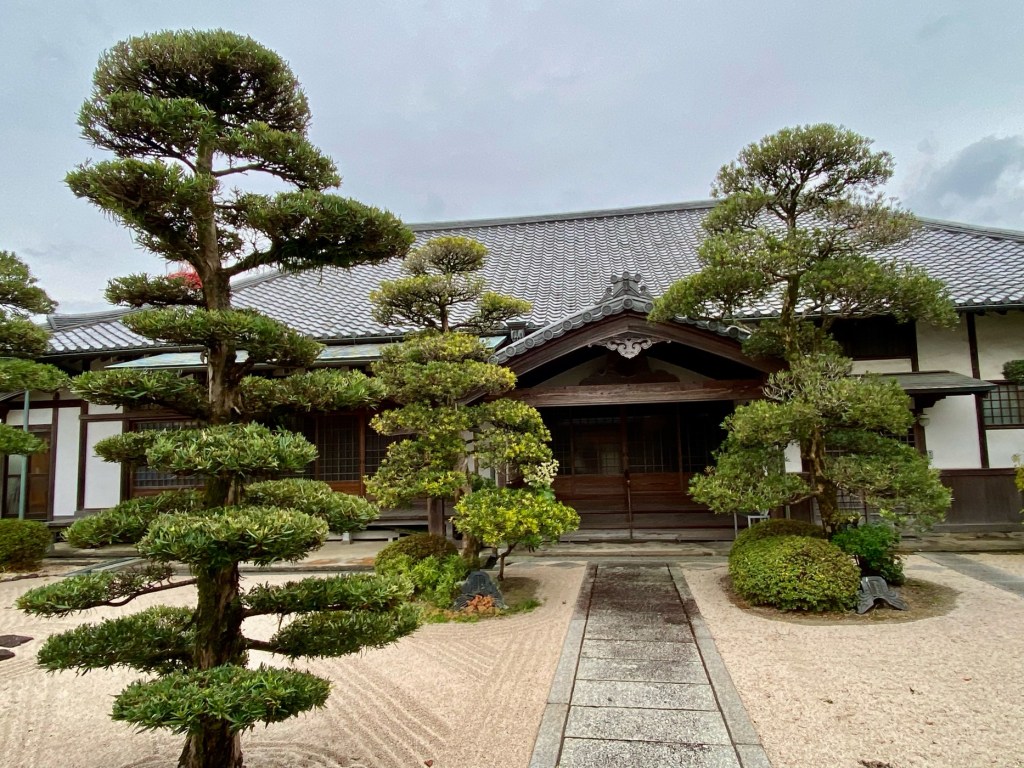
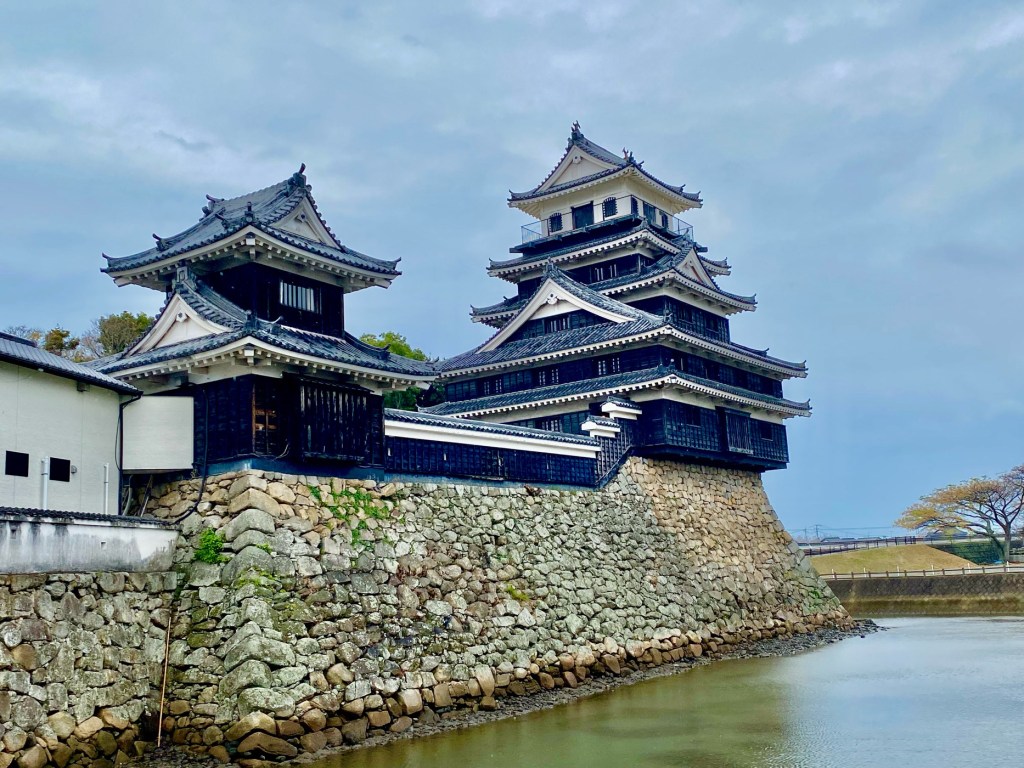

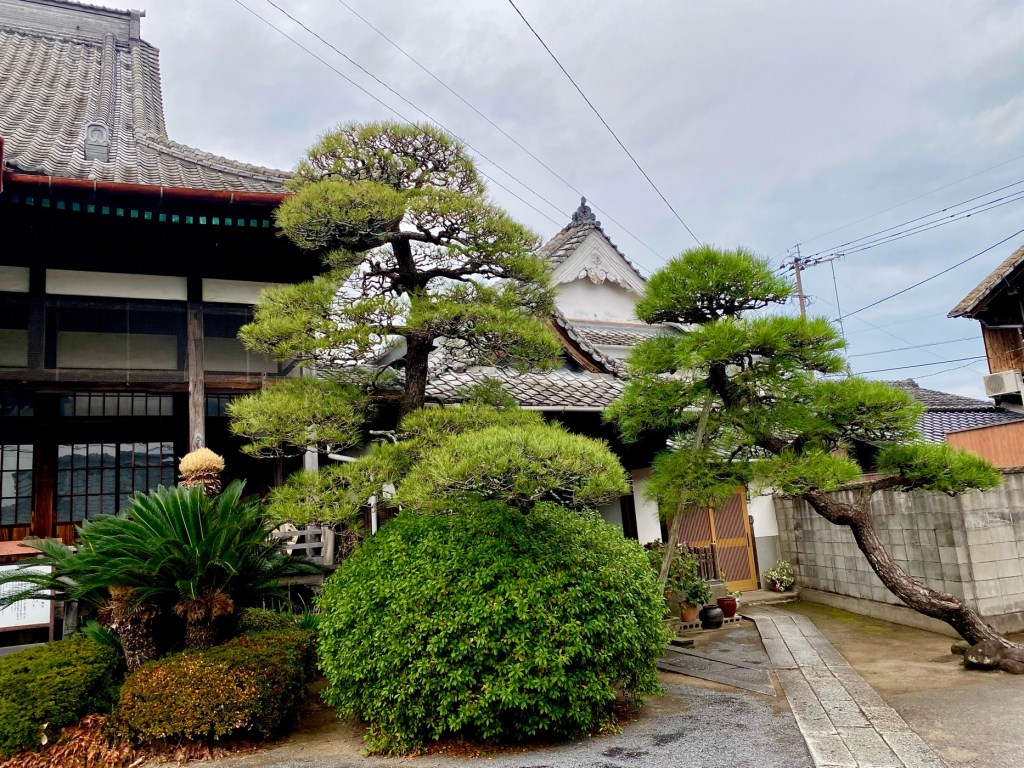
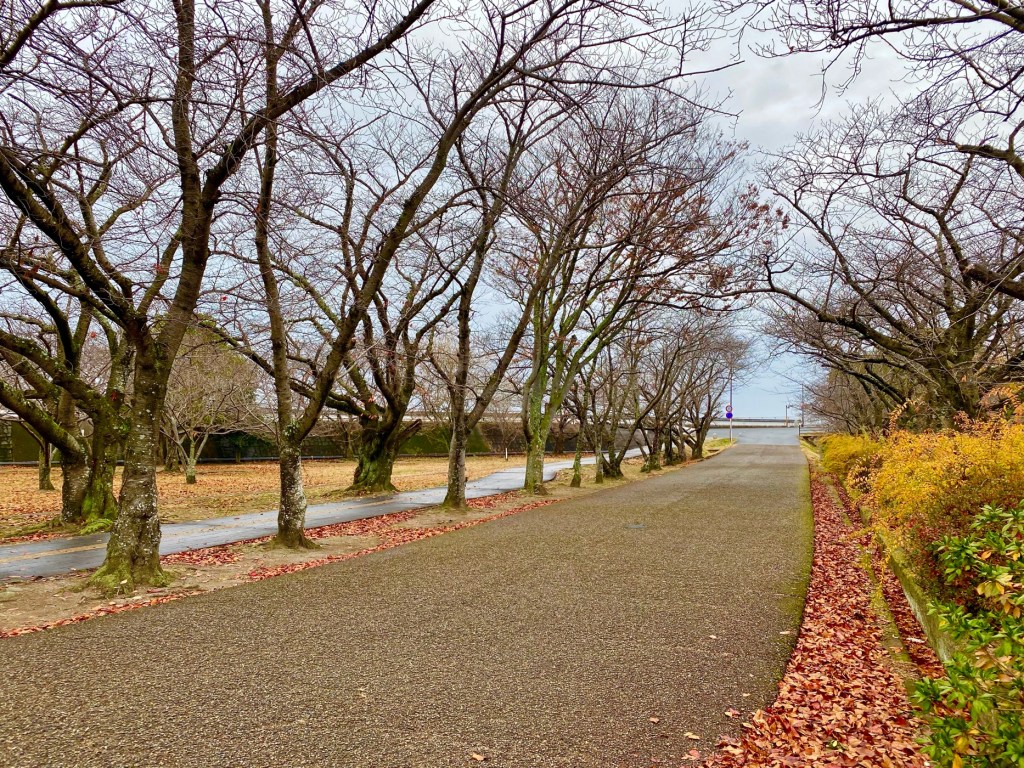
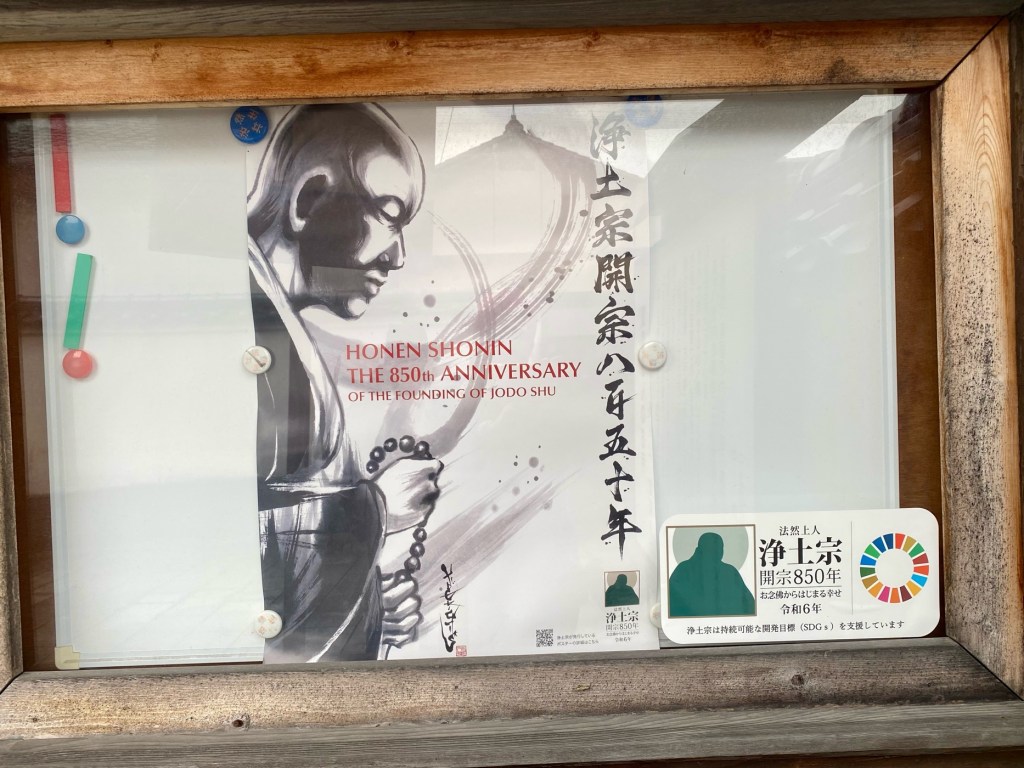
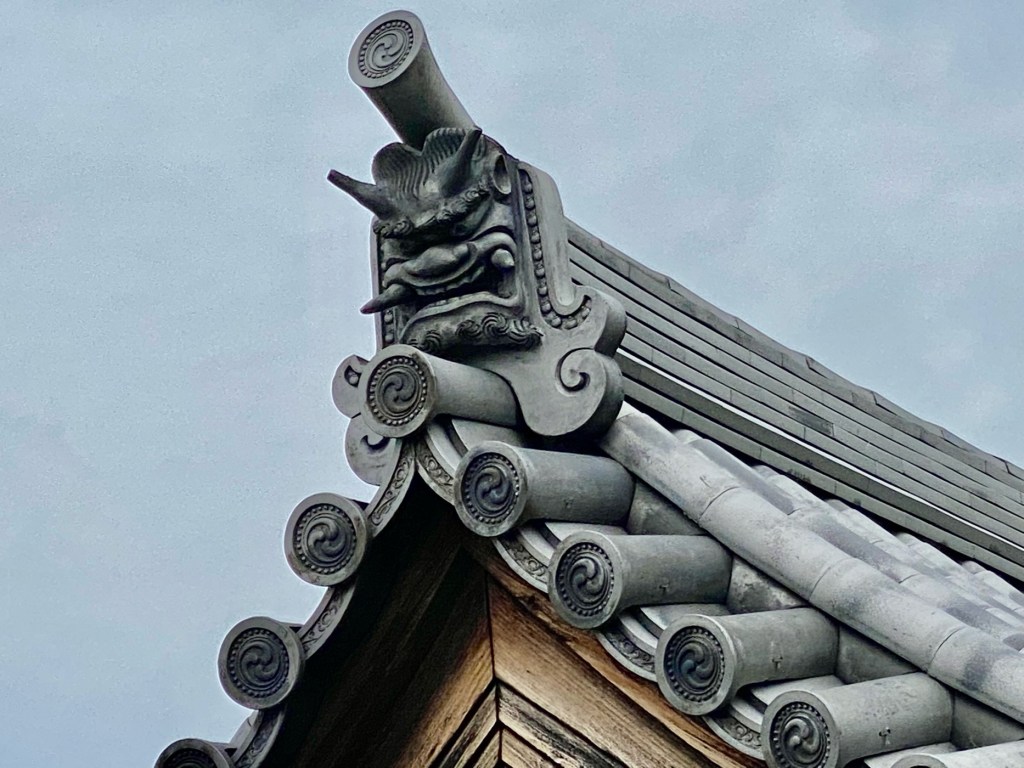
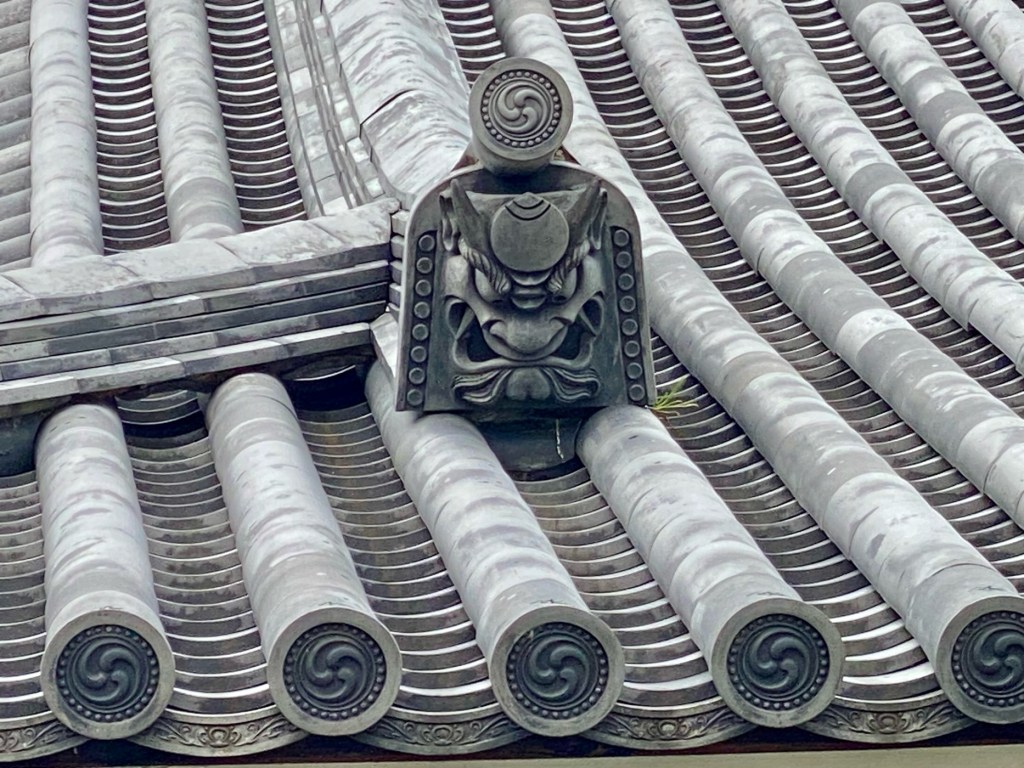
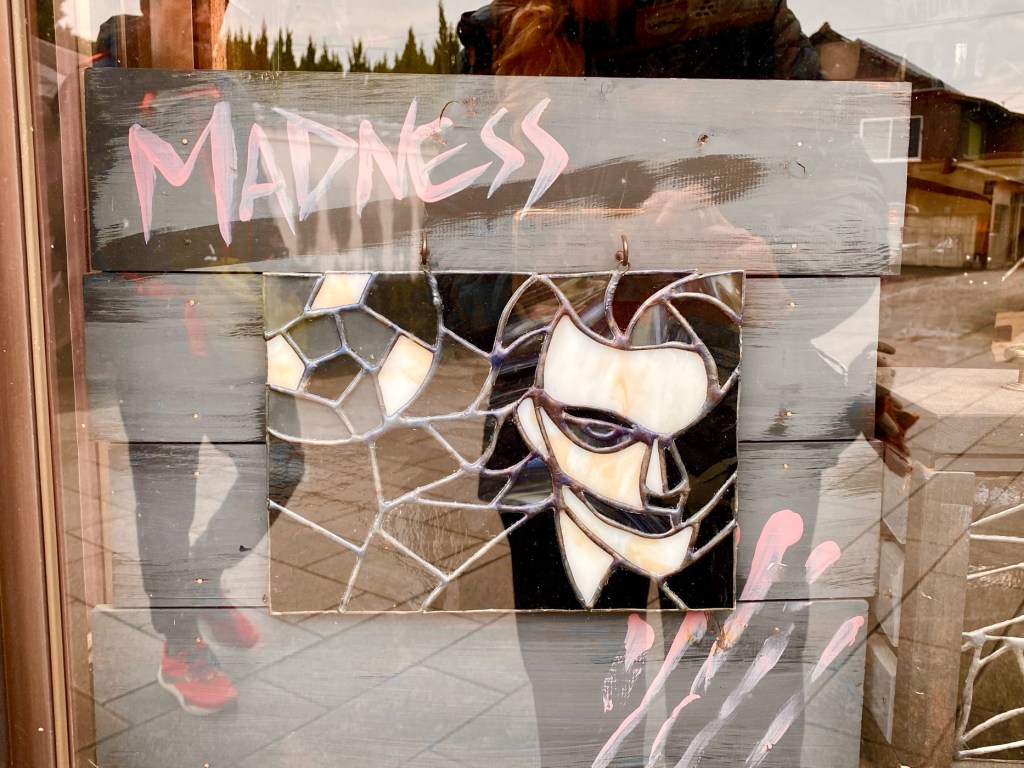
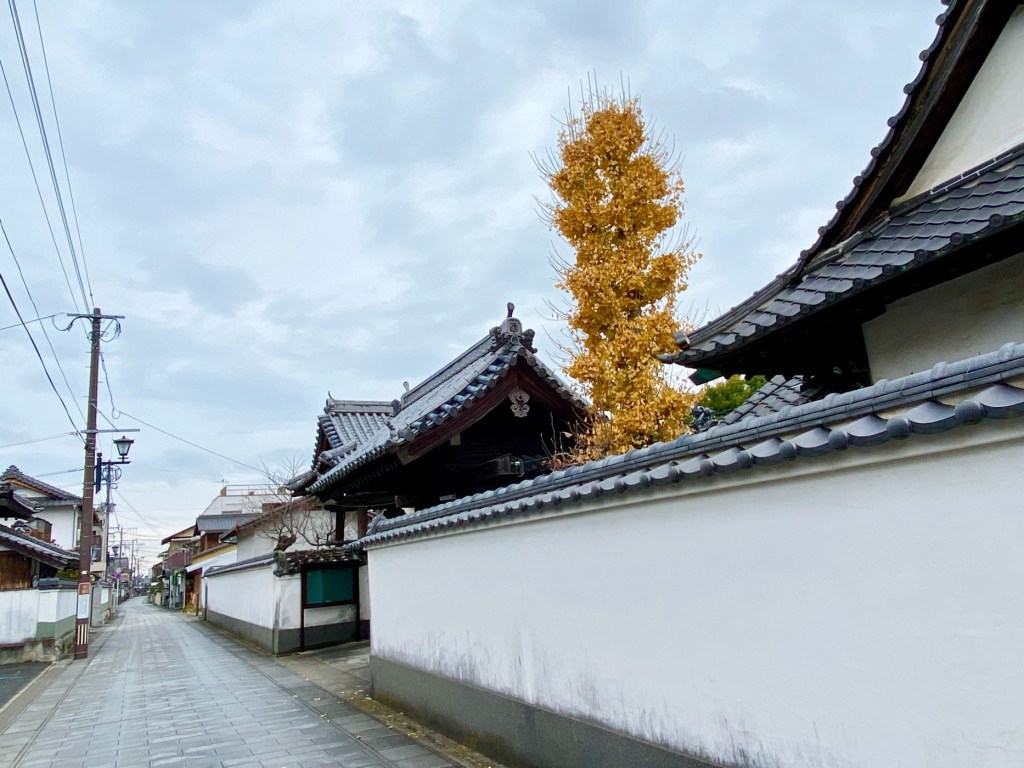
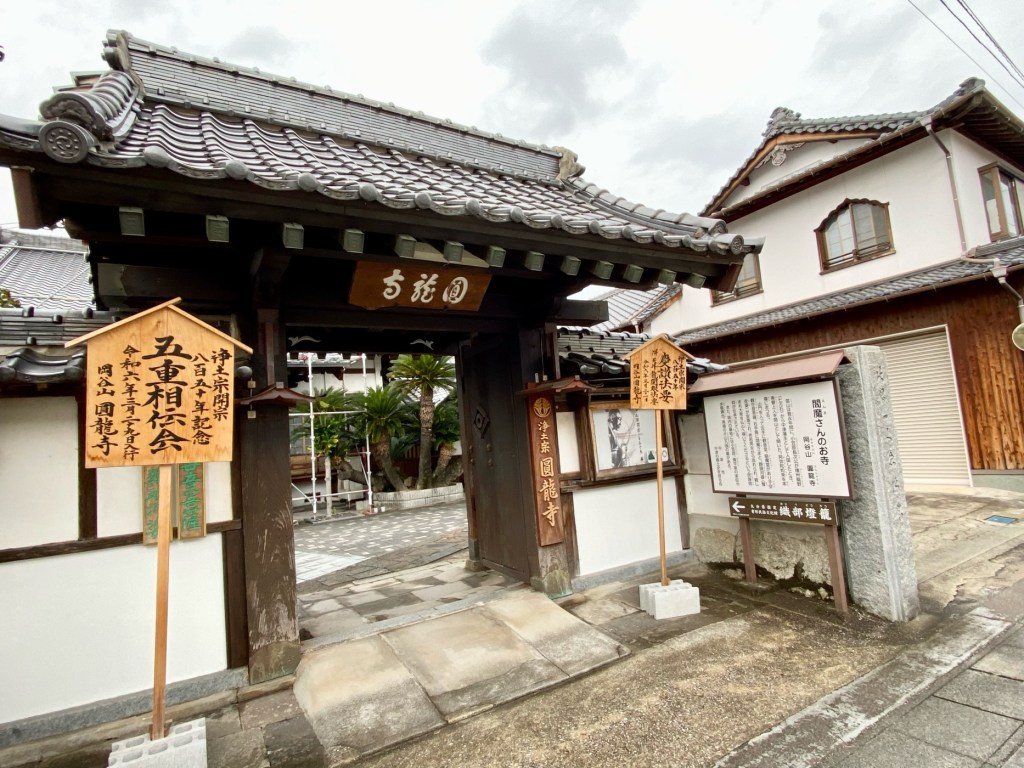
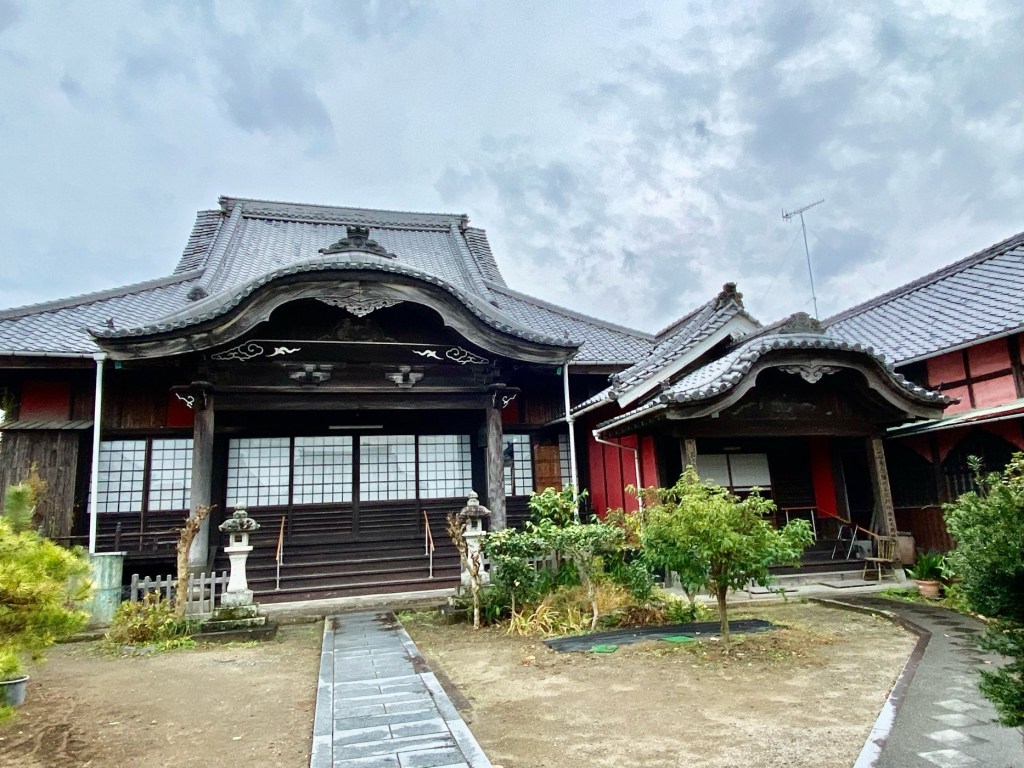
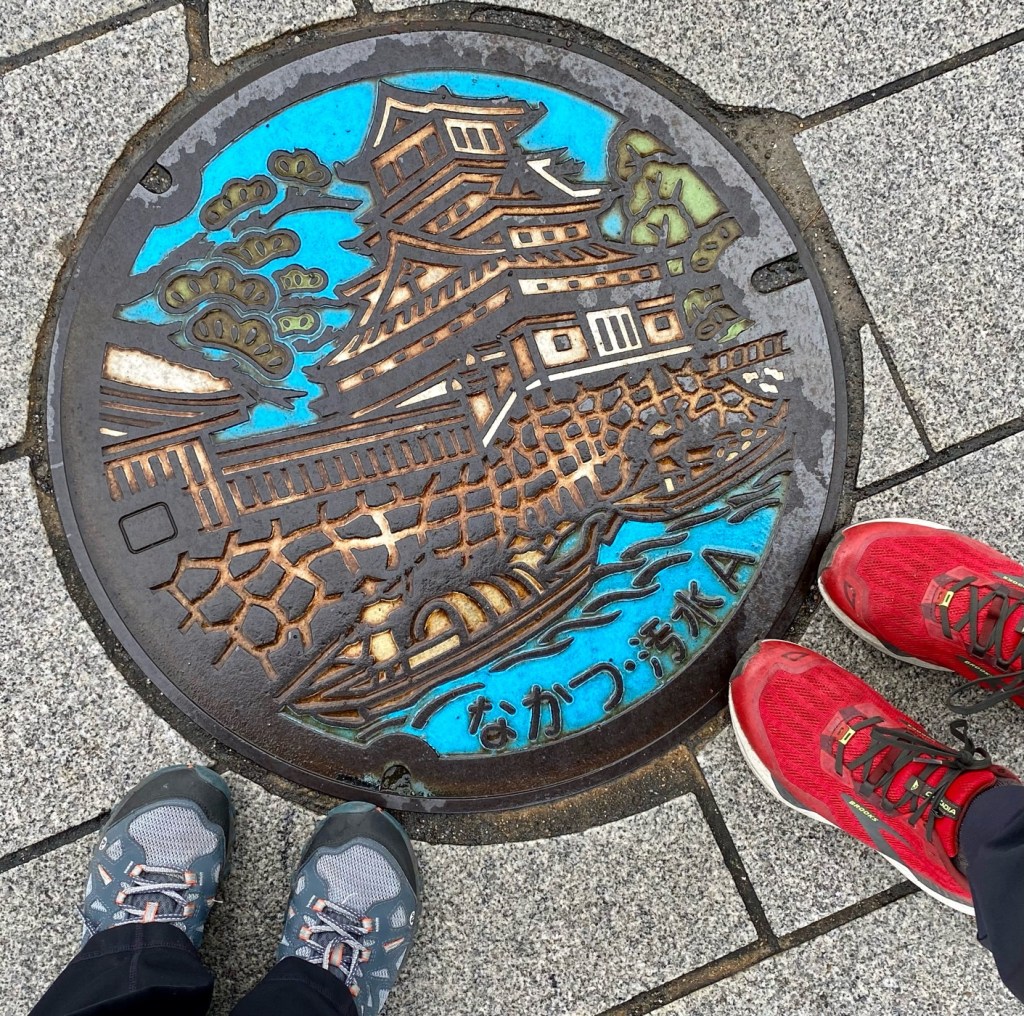
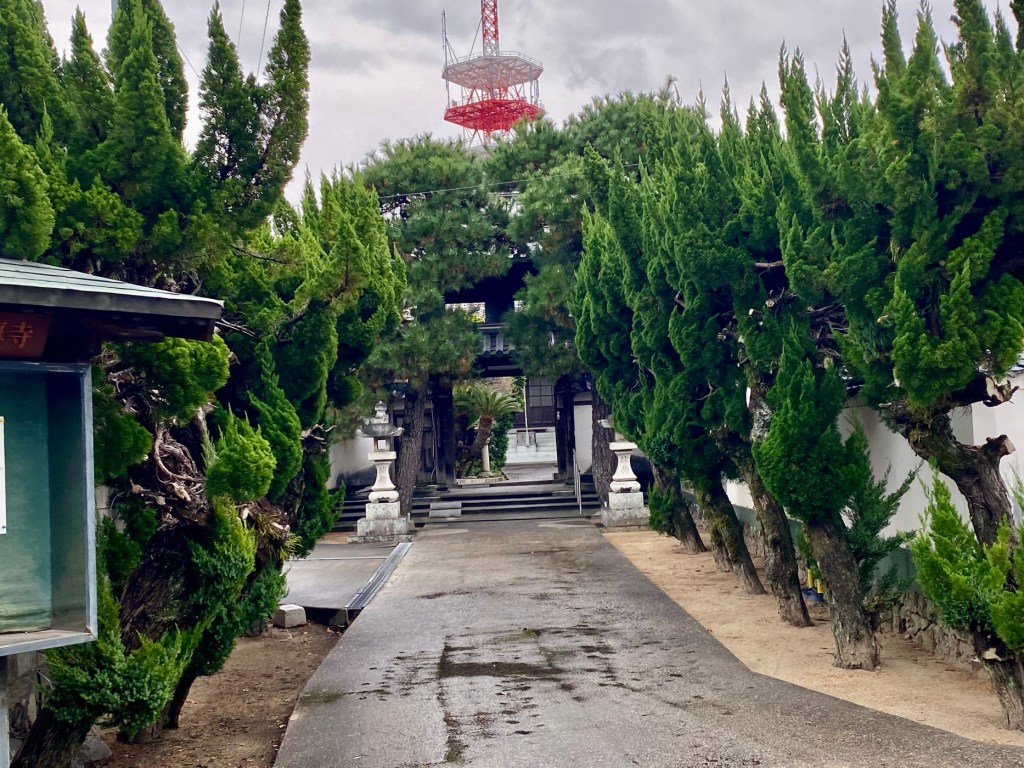
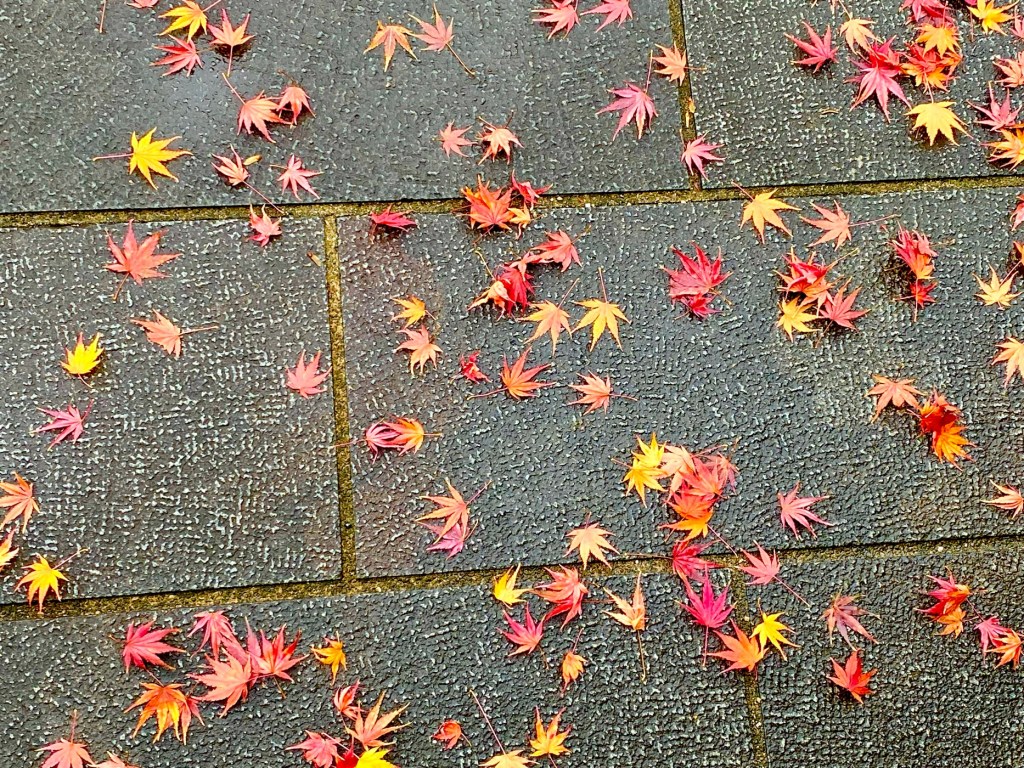
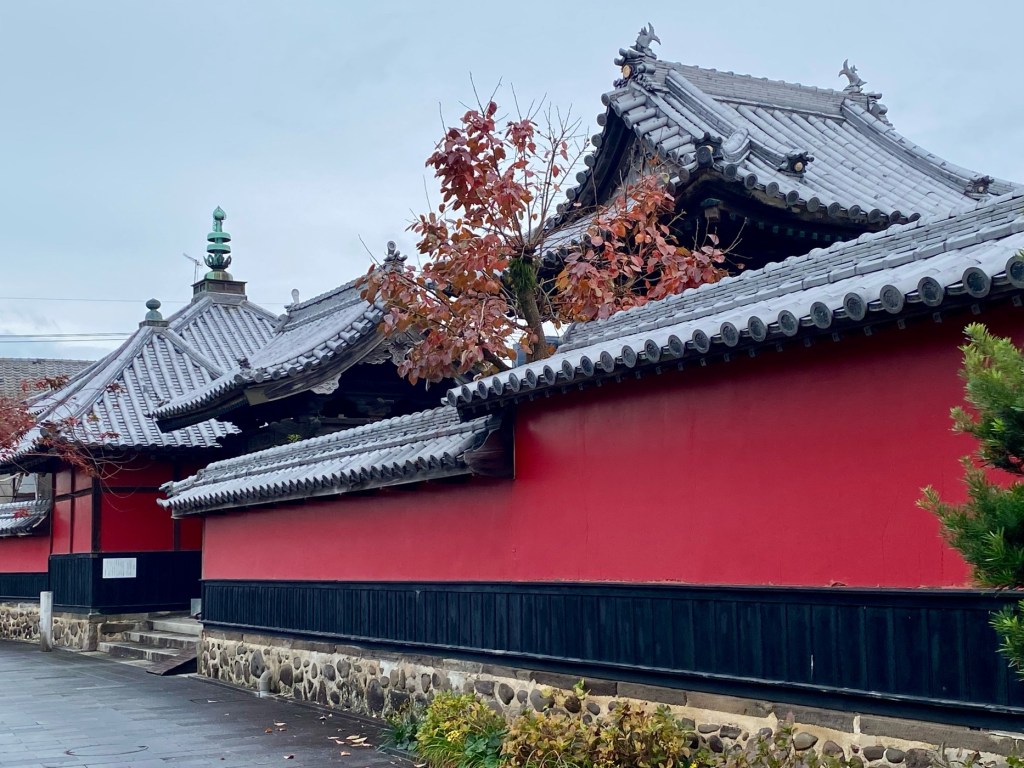
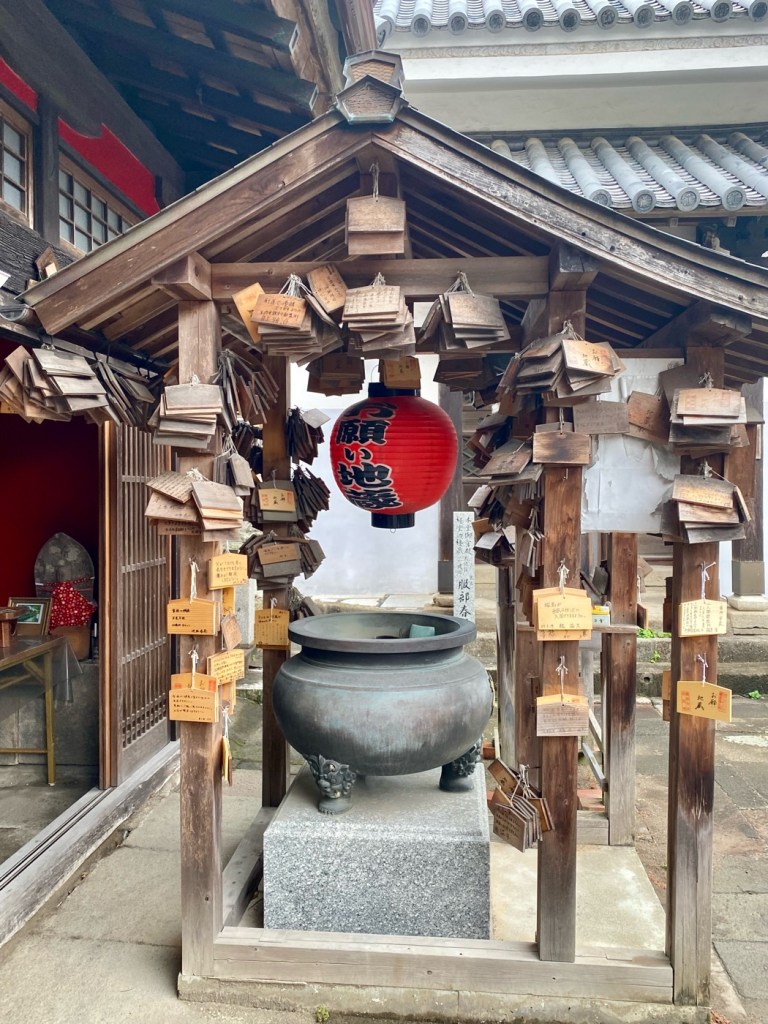
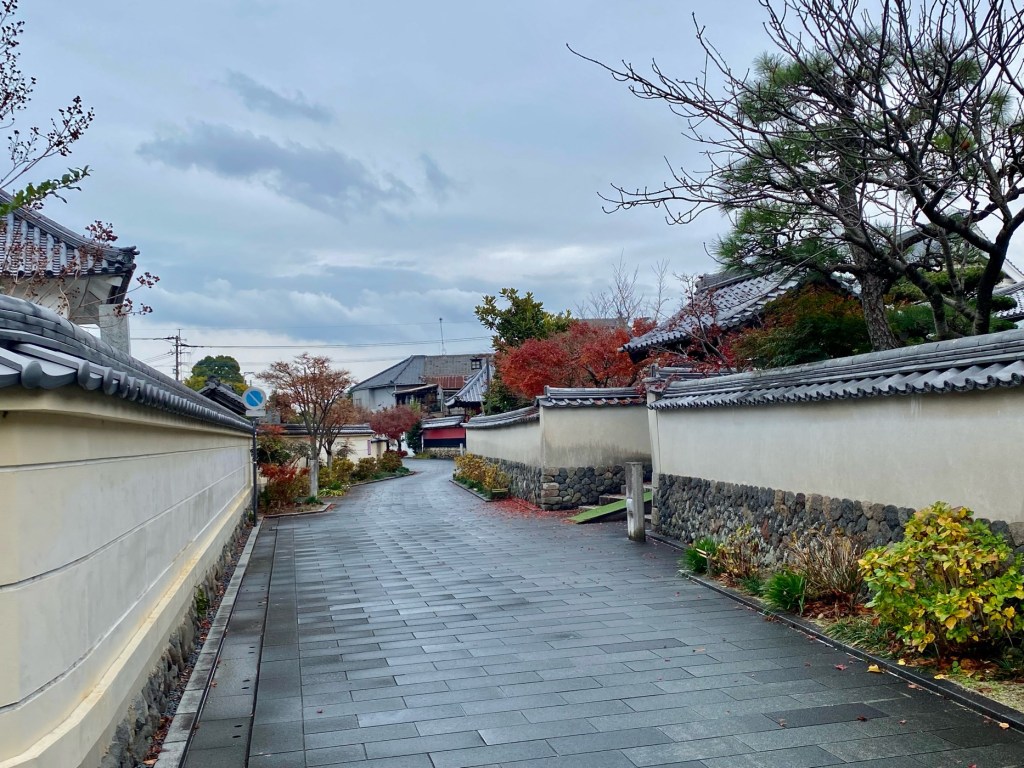
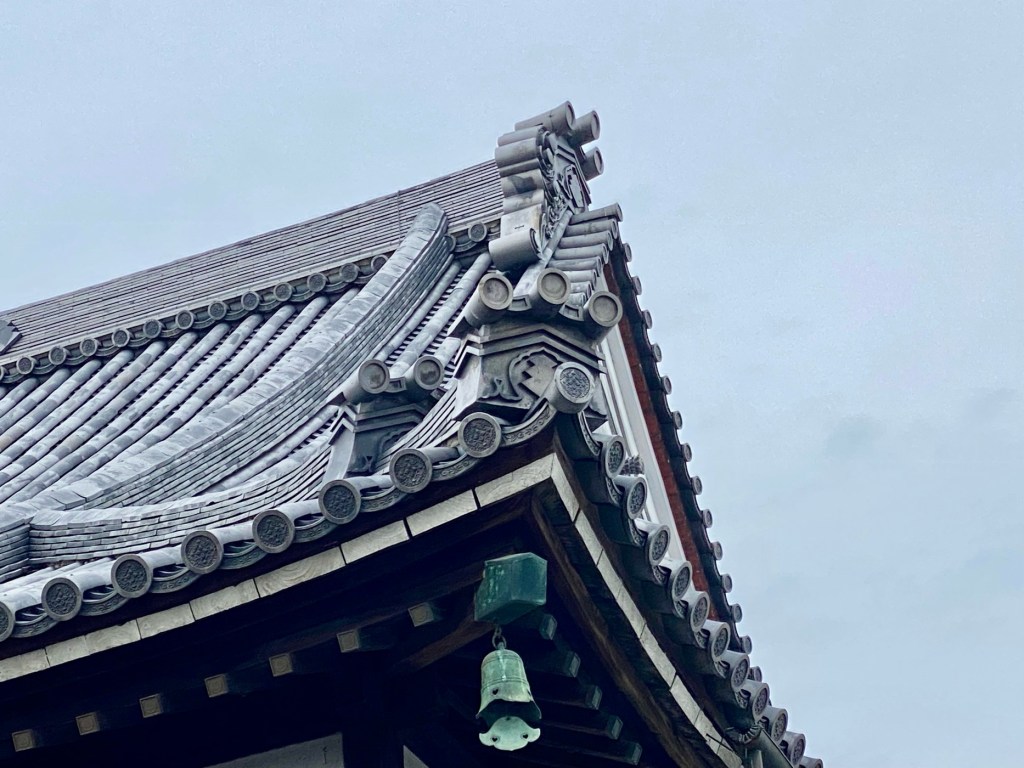
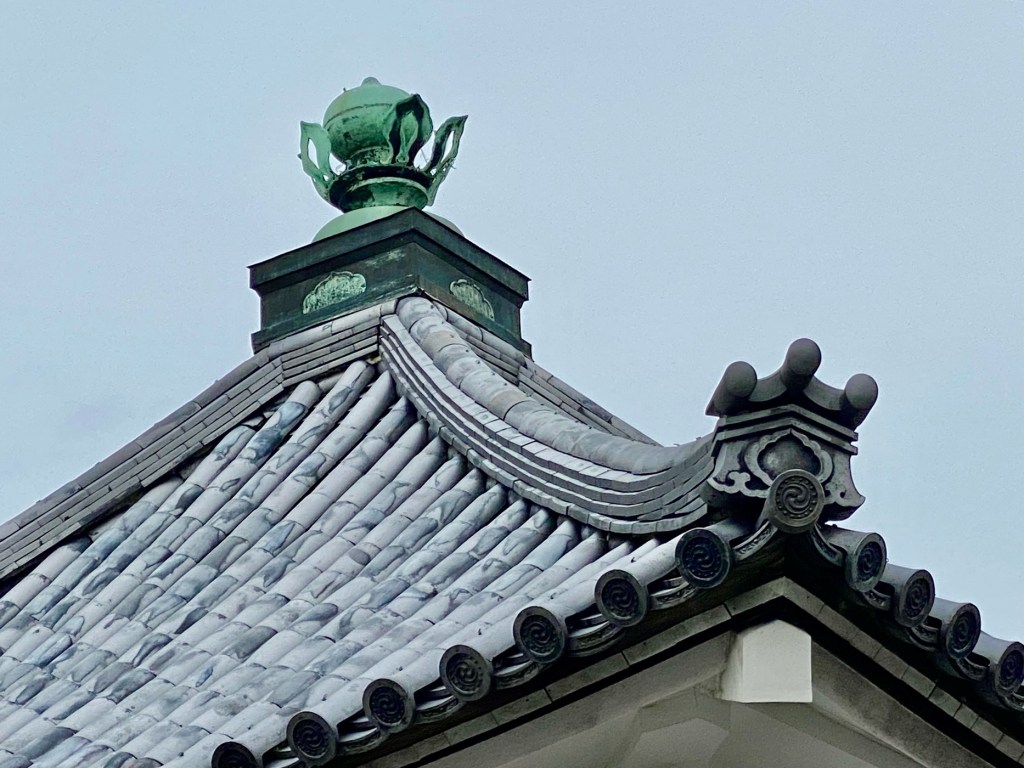
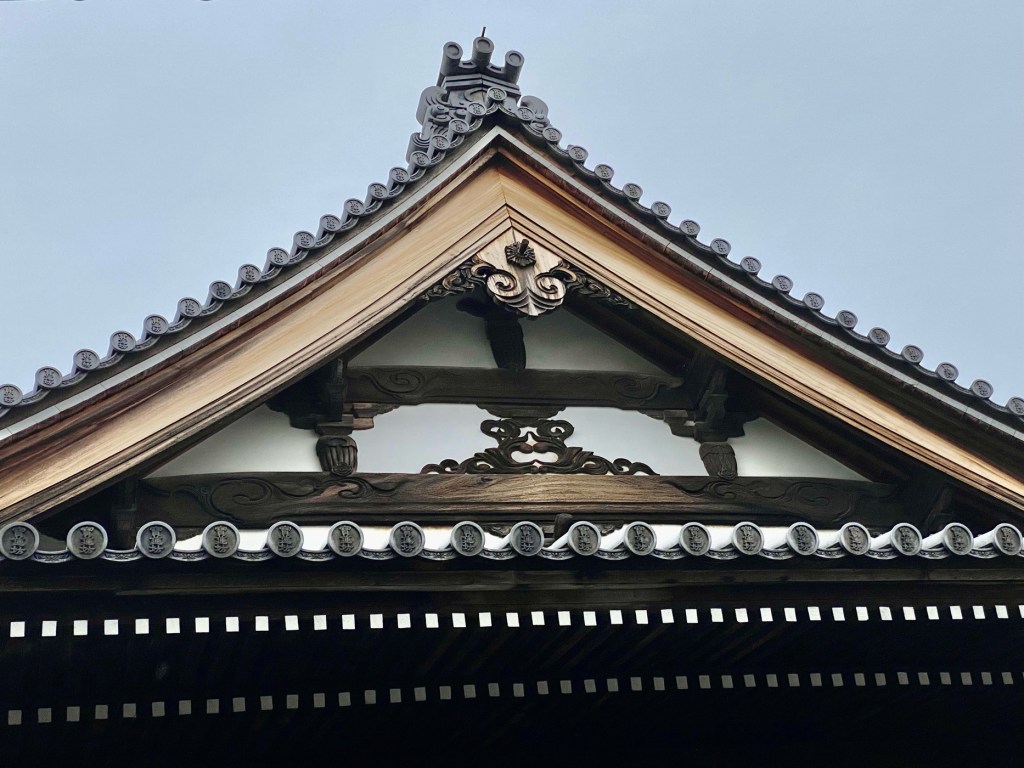
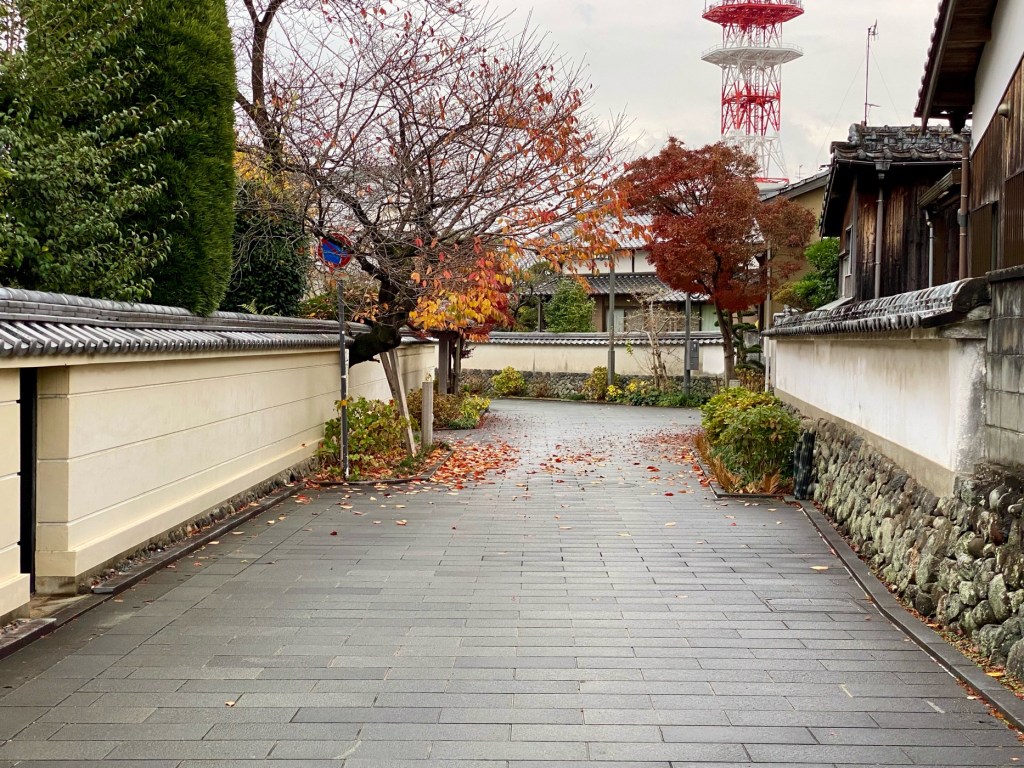
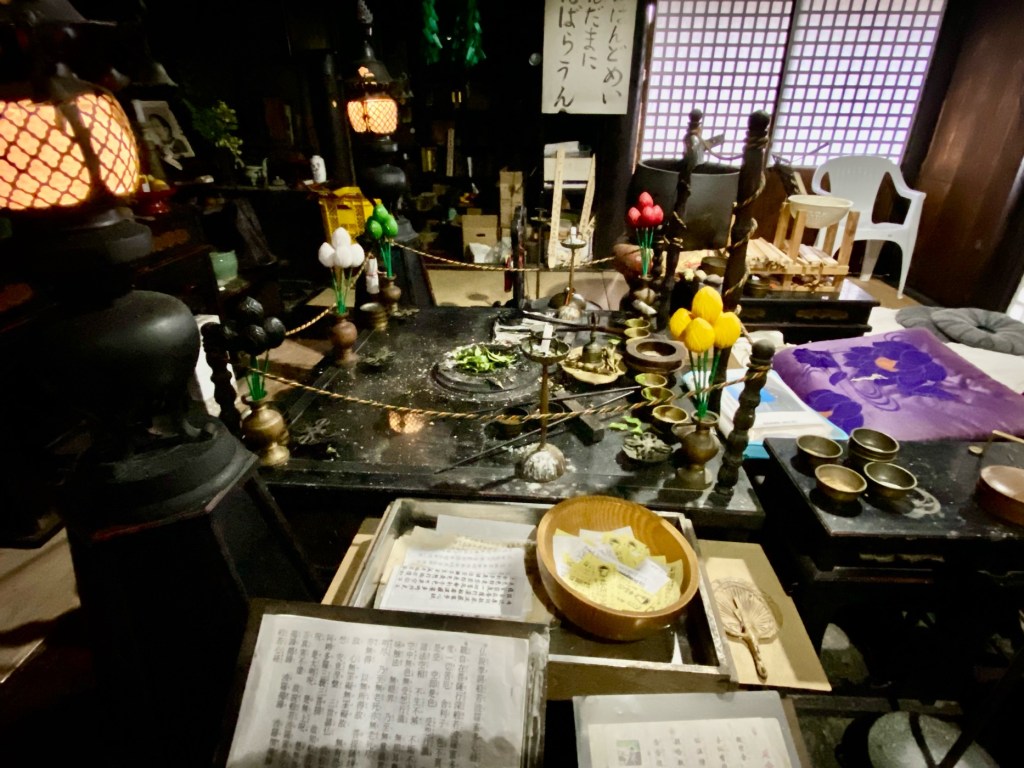
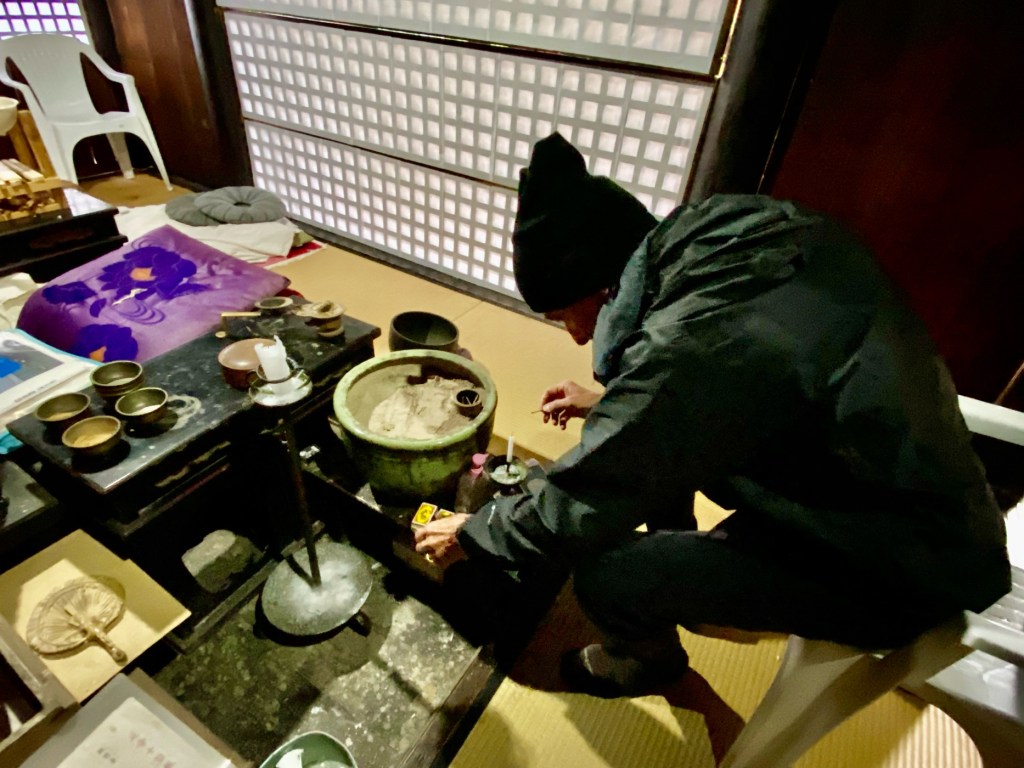
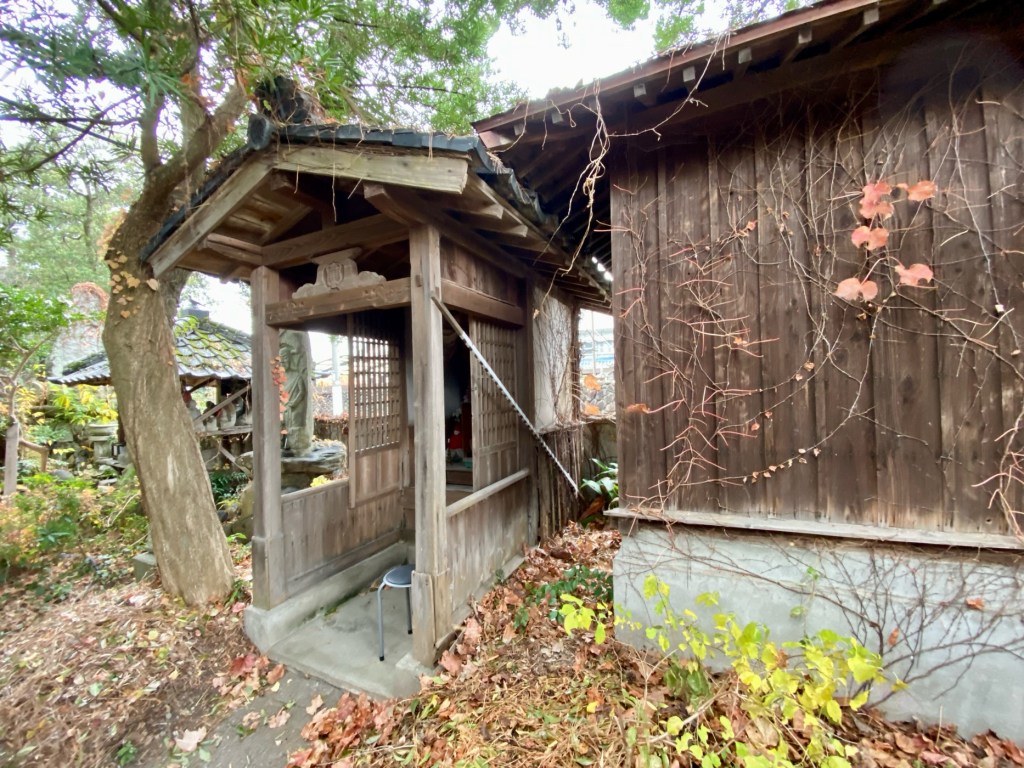

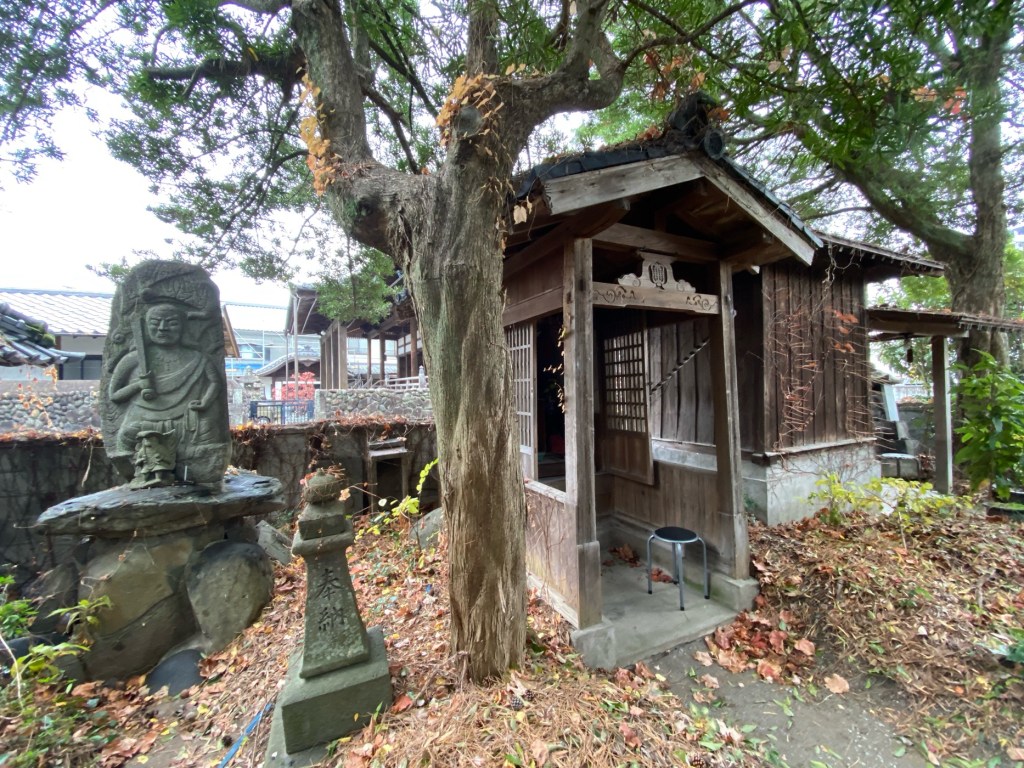
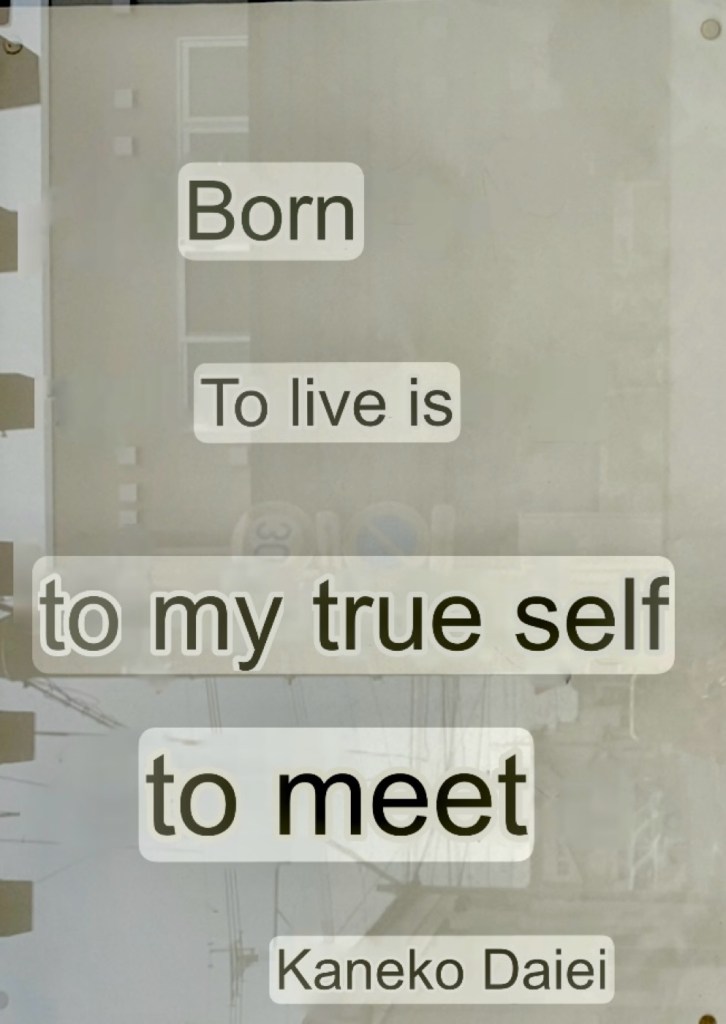
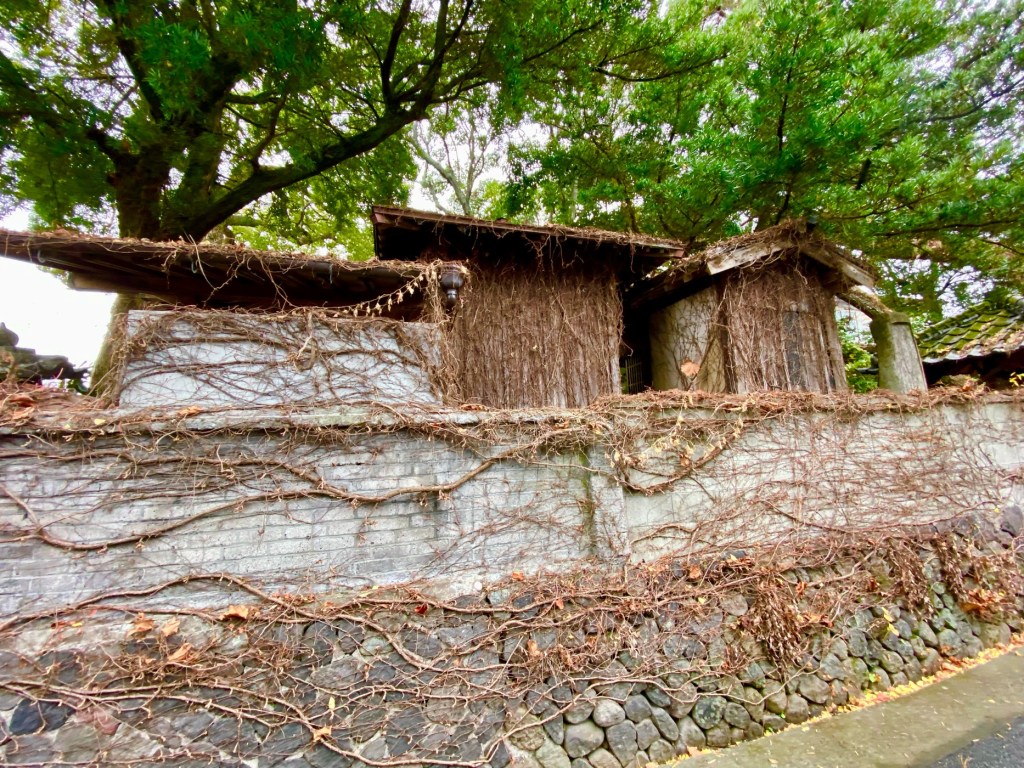
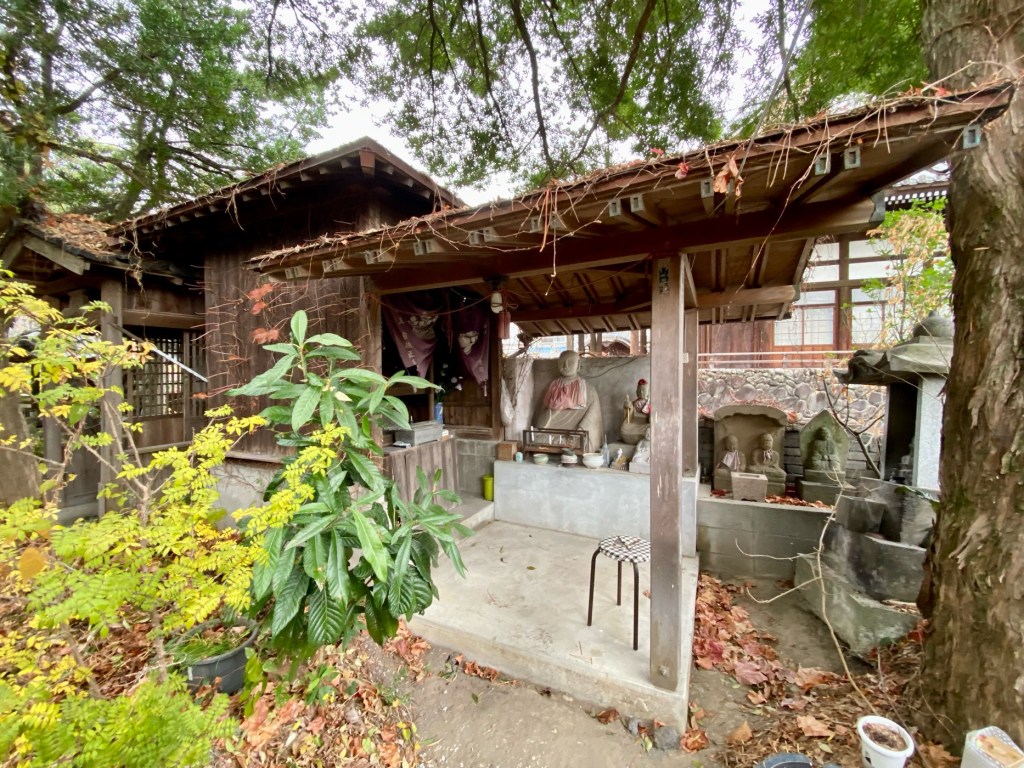
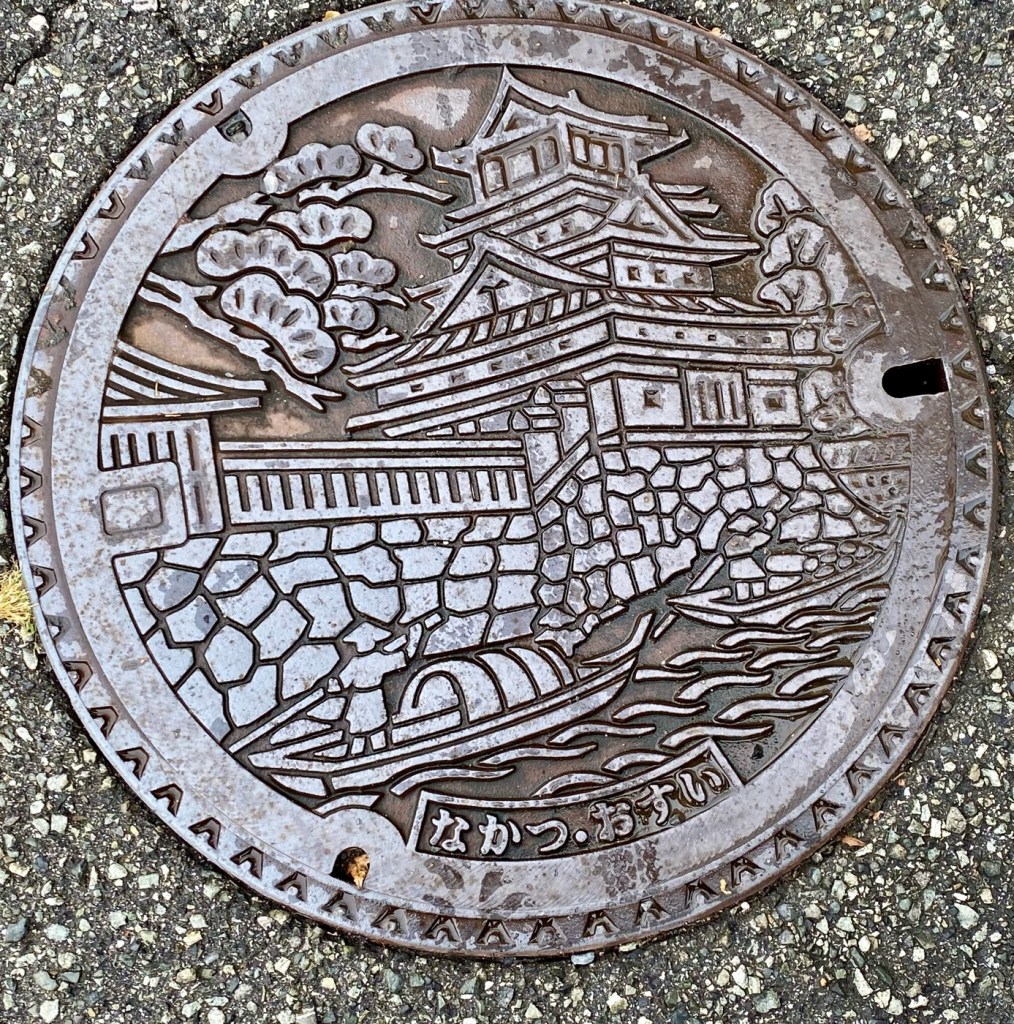
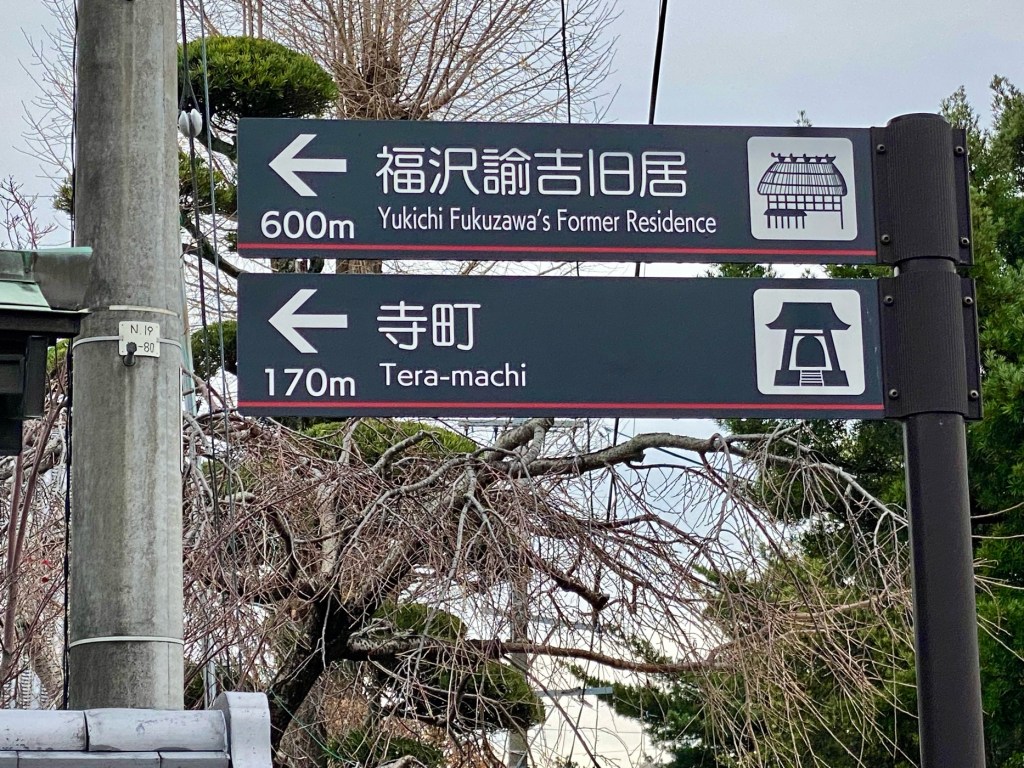
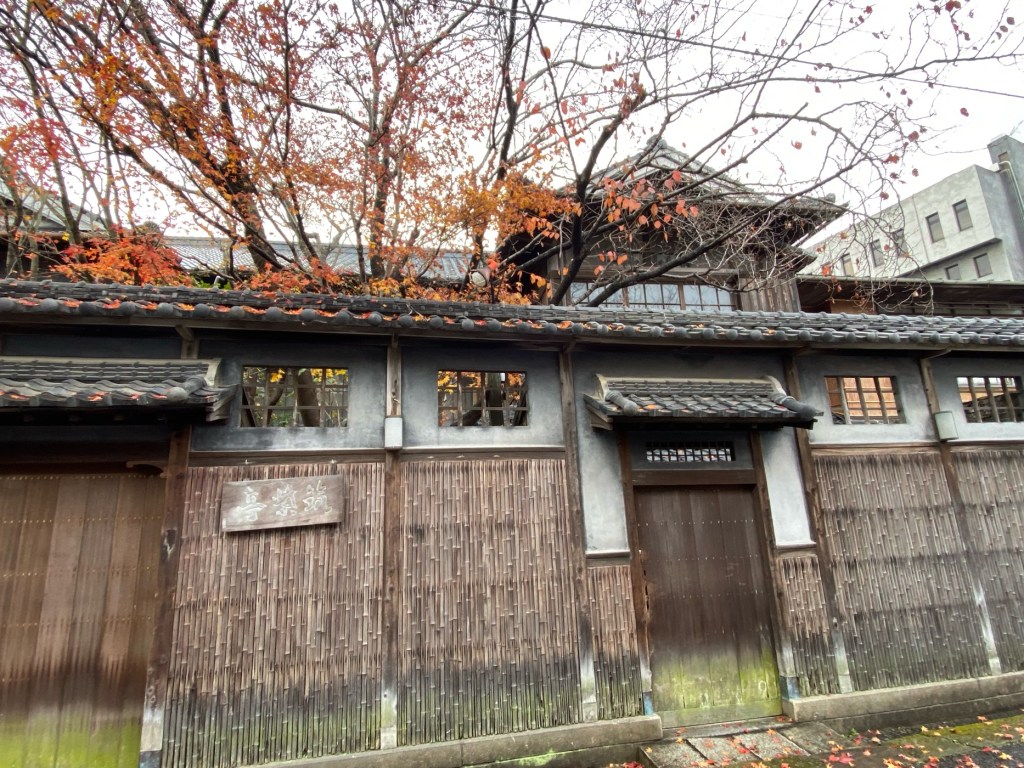
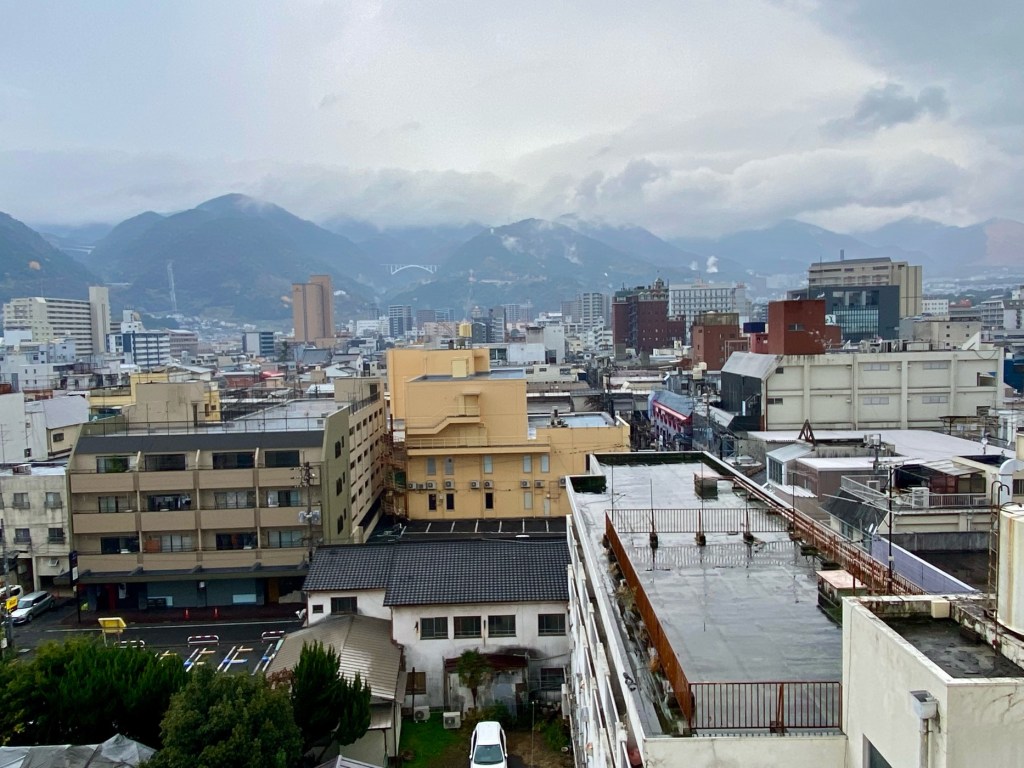
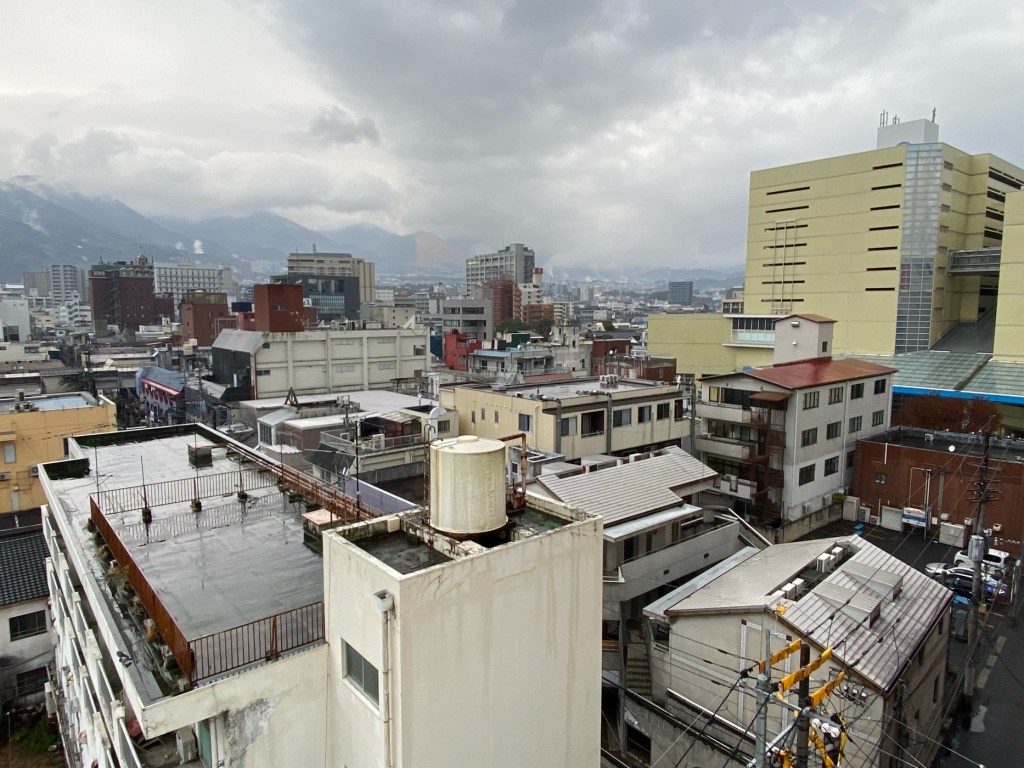
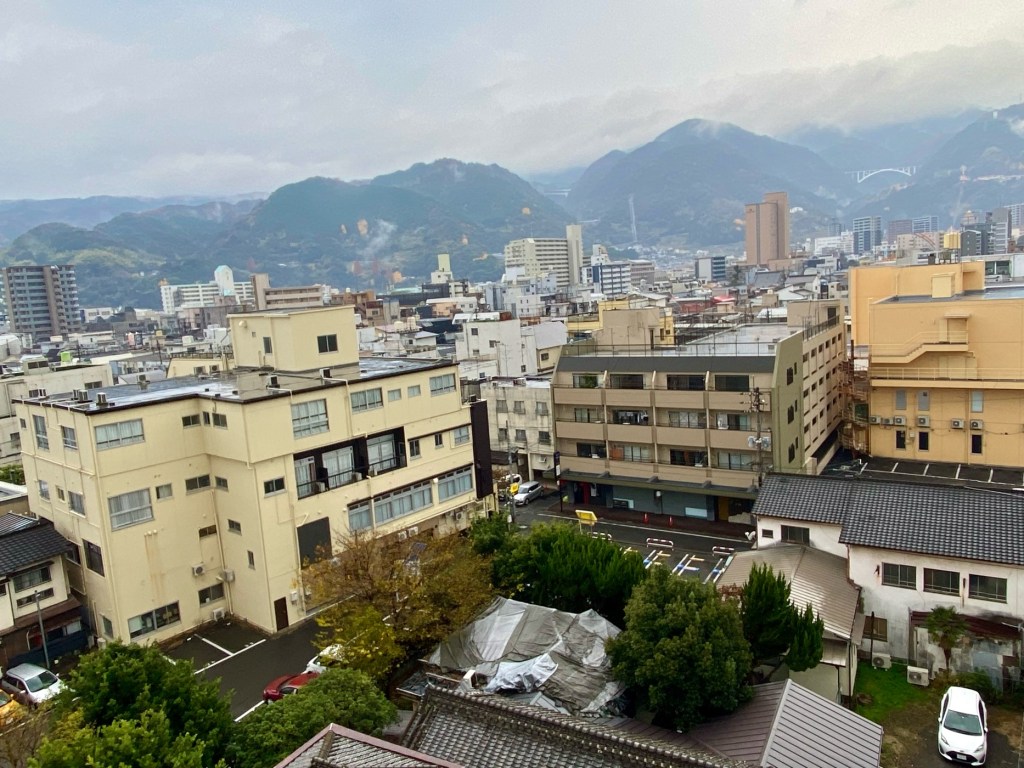
Day 78 - The Old Teramachi In Nakatsu, and Thoughts About The Horrors of Aging, The Kyushu 108 Temple Pilgrimage, Japan
Sometimes, when the day is rainy and grey, we tend to be negatively influenced by it and so it might affect how we experience a place and our mood for the day.
I try not to let it influence me too much, reminding myself that rainy days are good for the gardens, the crops in the fields and the trees, and that it fills the rivers and washes off cities from the poisonous carbon monoxide gas emitted by the exhaust pipes of cars and trucks.
But I am not always successful in uplifting my spirit.
I still prefer sunny days, when the sky is blue and I can walk around without concerns about getting wet.
Well, it was a rainy and very windy day when we returned to Nakatsu.
We left our backpacks in a locker at the train station and started walking to visit the temples we had to see in the town.
The entrance to the train station is decorated with a life-sized statue of Yukichi Fukuzawa, who was born in Nakatsu during the Meiji era.
He was a low level samurai who became a writer, philosopher, a human and women’s rights advocate, a political figure and the founder of Keio University.
His face is immediately recognizable to anyone in Japan, as his portrait is prominently featured on the Japanese ten-thousand yen note.
The first temple we walked to was located in a street of the Teramachi, near the Nakatsu castle.
Teramachi is a term also used in other castle towns in Japan, where all the glorious Buddhist temples are located.
In most of these castle towns, the teramachi, lined with dozens of temples, were established as a protection for the feudal lords’ castles.
The streets zigzag, because enemy armies could not storm the castle in a straight line, and instead had to make sharp turns as they approached the castle.
As we walked through the streets, I admired the beautiful temples.
Some had glorious gates which were open for visitors, and magnificent gardens.
The ancient temples seemed to be in great shape, renovated and timeless.
The first thought that came to my mind was:
“Finally, a great and beautiful temple on our pilgrimage!
There have been so many small and seemingly insignificant temple buildings on this pilgrimage, which nobody has ever heard of, and after all, nobody walks anyway”….
But I was wrong.
After realizing that the glorious-looking temple we were standing at was not actually our temple, I retraced our steps to the beginning of the Teramachi, and followed a dirty alley to a humble temple’s gate which led to our temple.
The temple’s entrance looked like nobody had cleaned it in years.
Instead of removing the fallen leaves, they were all piled up in huge piles of rotting leaves, barely giving visitors enough room to get to the main hall.
This did not look like piles of leaves that had only fallen during this autumn, but more like years of fallen leaves and neglect.
The main hall was a small old wooden structure, adjacent to the living quarters of the priest and his wife.
Their house had large glass doors that showed the inside of the house.
Even though the glass had not been cleaned in years, I could see inside and it had piles of trash, boxes, furniture, mess, old heaters, offerings and hundreds of old shoes, spread across the wooden patio and blocking the entrance to the house.
There was a sign pointing to the area where the stamps were kept.
I took off my shoes and climbed up the stairs to the cluttered patio, making sure not to stumble on the clutter.
Soon, the old monk and his wife heard us and came out to greet us.
They were really a very lovely couple.
They took our book and scroll to stamp and opened the little main hall and turned on the lights for us.
We sat and chanted, which delighted them.
Temple #19, Jigensan Fumon-in (Jigenzan Fumonin), is
surrounded by greenery, which gives it the feeling of a mountain temple.
It is quiet and calm, although it is located in the center of the old town.
The house and the main hall are surrounded by tall, old growth trees.
The quaint main hall was built in the Edo period.
On the wall they hang a short version of the Heart Sutra, which the old monk pointed to and showed us.
We were the first westerners he has seen visiting the temple.
He also showed us the principal image of Nyoirin Kannon Bosatsu, who is a wish-fulfilling Bodhisattva.
It is said that visiting and making offerings on August 9 each year has the same merit as visiting for a thousand days, and that the temple is very crowded on that day.
As we got ready to leave, we packed our book with three layers of plastic bags and the scroll in two layers of plastic sleeves, as protection from the rain.
The old wife gave us packets of rice crackers and bottles of Oolong tea as “Osettai”(gifts offered to pilgrims).
Then as the old monk was out of sight, she whispered to me to check that he really did stamp our book, before we left.
“Besides being hard of hearing”, she said, “he is often forgetful. So just check”, she said.
We unwrapped our pack with its rain cover, opened all the plastic bags inside, and found that the old monk had done a great job of stamping our scroll and book.
After our visit, we strolled around the Teramachi to see the temples and the castle.
The streets were full of beautiful, elegant temples that were well maintained.
Temples that are in harmony with gardens inspire you to want to do your own garden in the same way.
Only our temple was the most disorganized of them all, with piles of rotting leaves and hundreds of old shoes, boxes, trash, piles of crap, dust and a sweet hearted but possibly senile monk.
What was the message here?
How should I feel about it?
At the temple, after our chant, we usually say a personal prayer.
We alway pray for ourselves, our families and for peace and Light to spread through the world and into people’s hearts.
But at this temple I only prayed for the old couple who run the temple.
But besides our prayers, was there anything else we could have done to help?
I remembered that I had watched a TV documentary about hoarders, and how despite having people willing to help them to clean and organize, they had refused to get rid of anything.
Everything had a meaning to them, including old cardboard pizza boxes and plastic bags of trash or old newspapers and magazines.
They developed a mental dependency on old items that should have been thrown away, and empty spaces made them feel exposed and unsafe.
In the past, when I visited old temples in Japan, I was so inspired.
I wanted to be like the people living there, to be that neat and precise.
I aspired to be that clean and minimalist, and to care for my body and my immediate environment in the same way.
I didn’t want to have too many extras.
Not extra weight to carry around for hungry days, and not extra possessions that end up as clutter everywhere.
A lifetime of buying things I loved and collecting memorabilia from my travels, producing art and reducing two full households into one, resulted in having a lot of possessions, in fact, a lot of everything.
Our closets are full of clothes, our garage is full of sports gear, our walls are full of art.
A year ago, I looked around my home and decided not to buy anything for a full year.
Well, this vow excluded replacing things that broke and were needed, or things like batteries, lightbulbs, all consumable items, food and anything that we really needed.
It has been almost one year since my commitment to stop buying things and with the exception of buying a new lens for my diving camera, I really didn’t buy any new things.
Looking at the worn soles of our pilgrimage shoes, it was obvious that new walking shoes would be an absolute necessity, but the brands we wear were only available in the USA, so we would have to wait until we were home again.
So was there anything I could have changed about how I saw them, or anything I could have done to help those kind people at the temple?
Getting old, becoming hard of hearing and senile or slow, are very sad conditions that some people believe come with aging and decay.
I don’t believe it.
I believe that decay and deterioration come when people don’t know they have a choice, and stop improving themselves.
They accept the coming of old age, like a thief in the night, forgetting to stay diligent and continuing to make efforts to improve, as if they were teenagers at the beginning of their lives.
The Truth is, that our bodies and minds are Divine.
They were designed to last FOREVER!
Yes, brace yourself for this contrary Truth:
YOUR BODY WAS DESIGNED TO LAST FOREVER,,,
it is only by embracing ideas of mortality, decay, old age and death, that our bodies decay and die.
Everything in the Universe is energy.
The body is an energy field that swirls and pulsates around your eternal soul.
It holds in it, as rays of light, all your incarnations, all your ideas and beliefs, all your interactions past and future.
As you grow on the spiritual path, you let go of your personality.
There is gradually less you, and more light.
Hopefully, you will get to a point in this lifetime when you will be willing to relinquish control of your mind, your behavior, your speech, and allow the Light of Love, which created this Multiverse, to guide your mind, heart, actions and thoughts.
One day, when there will be no more you, when you will blend into the Universal Light, you will see that there was never them against us, never anyone separated from the One Child of God that is your true identity.
This day does not need to come after you die.
Nothing is accomplished by death.
Everything is accomplished through Life, and we must not accept the idea of death and decay, as an inseparable part of life and reality.
Choose Light,
Choose life, and choose nothing else.
After walking around the old castle area of Nakatsu, we stopped in a little cafe restaurant to have lunch.
The main reason we went in was that the rain had intensified and we thought to wait it out.
The menu was not inspired.
Almost everything was chicken, pork or beef.
The owner was a warm lady, so after a short discussion we agreed on a Shrimp Fry lunch set, that was not on the menu.
Ebi Furai is a very Japanese lunch of Katsu Shrimp, rice, salad, soup and tea.
The shrimp were greasy and we didn’t enjoy the lunch, but the rain was lighter when we left.
We continued walking to Temple #20, Kikyoyama Sanmyo-in.
It is located at the end of a quiet street, in a quiet suburb at the foothills of the mountains.
The temple has a beautiful pagoda, and the main hall was open.
Nobody was around.
The temple was founded by Osho Hideaki, a Buddhist monk who followed the example of Kobo Daishi, who claimed that practitioners of Shingon Buddhism should aspire to “Ima Doshin,” roughly translated as “Enlightenment Now”.
Osho Hideaki attempted to master the ultimate asceticism of Shingon Esoteric Buddhism, by eating five grains of rice as food for his 50 day meditation retreat.
He endured the hardships and completed it.
The temple claims that a magnificent light of the Great Kannon was shining in the current place where the temple is located, and that Hideaki had a dream of the 88 sacred places that Kobo Daishi had lined up in Shikoku.
After his dream he placed 88 Kobo Daishi statues in the natural forest, and built a small shrine which was the origin of this temple.
In the main hall stands an eleven-faced Senju Kannon Bodhisattva and a Fudo Myoo.
After chanting in the main hall, we stamped our own book and scroll and left.
We walked back in the rain to the station to claim our bags from the lockers.
We will be staying nearby, between Nakatsu and Usa, because tomorrow we have to climb mount Hachiman to visit a temple.
We had booked a room in a small hotel by the river, which was the nicest choice we had, even though they had no restaurant and no food.
We bought in a convenience store some bananas and rice balls to eat for dinner.
We got to the hotel and I was happy to see that it wasn’t a dump.
It was a bit neglected on the outside, but very clean, and we got a Japanese room with comfortable futons and clean sheets.
After a hot shower and drying up our wet clothes, I thought about the day.
It was probably the worst kind of a day you can have on a pilgrimage.
It was very windy and the rain did not stop the whole day.
It was also cold and we ate a mediocre greasy lunch and walked through mostly ugly scenery of commercial buildings and dealerships.
We had no places to rest and outside of the beautiful old town, we had nothing interesting or beautiful to look at.
Another thing that is important to mention, is that facing my weaknesses every day can be very disheartening.
We tend to think of ourselves as strong, capable and often kind.
Yet, on a long pilgrimage when we walk all day I face seeing myself as weak, achy, cranky, impatient, often critical of Jules and of myself, and noticing just what is wrong with our societies.
When I am not feeling stretched to the max and always achy, I tend to be so kind and patient….or at least I imagine myself to be that way….
With love, strength and blessings,
Tali
Stats: 23,213 steps
Today’s walk: 16 km
Kilometers walked to date: 1322 km
Temples visited:
Temple #19 Jigensan Fumon-in (Jigenzan, Fumonin).
Temple #20 Kikyoyama Sanmyo-in (Kikyozan, Sanmyoin).